14,25m/4,675ft to 4200m/13779.53ft
MAX-ALTITUDEKathmandu - Khotang
LocationGROUP SIZE
Minimum 02 PaxDIFFICULTY
Suitable for BeginnerThe above 14-day trekking itinerary round Gelai thus hopes to be a perfect blend of spiritual, cultural, and natural experiences into the relatively unexplored regions of Nepal. Starting from Kathmandu, the vibrant capital, the trek goes through villages in remote areas, sacred sites, and pristine wilderness areas and thus gives far better insight into the traditional way of life in the hills and mountains of Nepal. The trip to the sacred pilgrimage site of Halesi Temple is one of the highlights, including a lot of spiritual importance from both Hindus and Buddhists hence reflecting a hint of religious diversity.
As one proceeds further through the mid-hills and into the high-altitude region, the trek opens some of the finest glimpses into the Himalayas. The journey begins from the very first viewpoint of the trek, Temke Danda; after that, a strenuous climb up the 4,200-meter Silichung Peak, the panoramic vistas of which will be covered with iconic peaks such as Everest and Kanchenjunga. Each day brings new sights and encounters in the Nepalese natural splendor, everything from dense forests to tranquil lakes, terraced fields, and scattered settlements. These landscapes are not only a treat for the eyes but also hold immense relevance to the cultures and traditions of the local people, with each village offering something culturally different.
This is not a trek that one undertakes merely to reach the peaks but to soak in the rich cultural tapestry that Nepal is, understand the spiritual significance of the places one will visit, and experience the serene beauty of the Himalayan wilderness. Be it the experienced trekker or an individual in pursuit of an intimate experience with nature and culture, this indeed is a journey into the heart of Nepal that will truly be life-changing and will leave one dumbfounded with this remarkable country.
Traditions, Stories, and Homestays Along the Mundum Trail Trek
Picture this: You’re sipping Chhyang (millet beer) by a crackling fire as a Kirat Rai elder shares stories of the Mundum—the sacred oral history passed down for centuries. This isn’t just a trek; it’s a doorway into one of Nepal’s oldest cultures.
Things You’ll Experience in the Mundhum Trail:
- Participate in Purkheuli dances during the Sorthi festival (spring harvest), where villagers celebrate with vibrant costumes and drumming.
- Stay in family-run homestays in villages like Pelakot, where hosts serve Gundruk (fermented greens) and explain how they’ve farmed these hills for generations.
Pro Tip: Ask your guide to arrange a visit with a Dhami (local priest) to witness Mundum rituals—they’re rarely seen by outsiders.
How Himalayan Holidays Nepal Protects the Mundum Trail
Did you know the Salpa Silichung region is home to endangered red pandas? We’re committed to keeping it that way. Here’s how you can help:
Our Sustainability Practices:
- Zero-Waste Trekking: All guides carry biodegradable waste bags—plastic bottles are a no-go.
- Community Partnerships: 10% of your trip cost funds trail maintenance through the Salpa Silichung Tourism Committee.
- Wildlife Protection: Stick to marked paths to avoid disturbing red panda habitats (your guide will point out claw marks on trees!).
Your Mundum Trek Checklist: Permits, Fitness, and Gear
Let’s get practical. Unlike the crowded Everest trails, the Mundum Trek doesn’t require TIMS permits (as of 2025). But here’s what you do need:
Fitness Prep:
- If you can hike 5 hours uphill with a 6kg backpack, you’re ready.
- Train with stair-climbing or weekend hikes 2 months pre-trek.
Packing Must-Haves:
- Merino wool base + fleece + waterproof shell (nights dip to -5°C).
- Bring Nepali rupees.
Sunrise at Silichung Peak: Why It’s Worth the 4 AM Hike
Trust me, the 2-hour pre-dawn climb to 4,153m is agony. But when the sun hits Everest’s peak while mist swirls around Kanchenjunga? Pure magic.
What Makes It Special:
- 360° Views: Spot 8 Himalayan giants without the crowds of Poon Hill.
- Photography Hack: Use a polarized lens to capture the golden light on Makalu’s ridges.
- Local Legend: Elders say Silichung’s rocks hold ancestral spirits—whisper a wish as you pass.
A Foodie’s Guide to Mundum Trail Eats (No, It’s Not Just Dal Bhat)
Forget bland trekking meals. Here, you’ll feast on:
- Sel Roti: Crispy rice doughnuts fried over firewood—best eaten with a drizzle of local honey.
- Kinema: Fermented soybean curry that’s a Kirat Rai staple (funky flavor, but worth trying!).
Pro Tip: Carry Imodium (just in case) and avoid raw veggies in homestays.
Itinerary
Arrival in Kathmandu(TIA) and Welcome Dinner
Upon arrival at Tribhuvan International Airport at Kathmandu, you will be met and transferred to your hotel. It is recommended that you take rest and get acclimatized to the altitude of around 1,400 meters (4,593 feet) above sea level. In the evening, you will go for a traditional Nepali welcome dinner with culturally presented genuine Nepali food and cultural performances, setting the tone for the adventures to come.
Overnight at kathmandu.
Meals: Breakfast, lunch & Dinner
Drive from Kathmandu via Halesi Temple to Diktel
You will embark on a scenic drive from Kathmandu to Diktel, passing through Halesi Temple, a revered pilgrimage site known as the Pashupatinath of eastern Nepal. The temple is located inside a cave and is sacred to both Hindus and Buddhists. The drive will offer glimpses of rural Nepal, with terraced fields, rivers, and small villages along the way.
Overnight at Teahouse Lodge.
Meals: Breakfast, lunch & Dinner
Diktel to Chakhewa
From Diktel, the trekking starts early in the morning for Chakhewa. This portion of the trek brings you into the mid-hills of Nepal with its terracing farms, verdant forests, and traditional villages. Chakhewa is a small settlement where you will be staying at a guest house in a local style.
Overnight at Teahouse Lodge.
Meals: Breakfast, lunch & Dinner
Chakhewa to Dhotre
The early morning hike today is to Temke Danda, a popular viewpoint at 3,005 meters. You will see the ranges of Everest and Kanchenjunga plus more than 33 different peaks for the first time. Then you come down to Chakhewa to resume trekking to reach Dhotre. Evening time will be spent watching the local cultural show in order to understand the various traditions of the locals and their way of living.
Overnight at Teahouse Lodge.
Meals: Breakfast, lunch & Dinner
Dhotre to Hanspokhari
From here, the trek continues to Hanspokhari via dense forests and picturesque landscapes. Hanspokhari, also known as Swan Lake, lies serene amidst the natural environment. The overnight stay will be provided at a guest house, which will also provide ample time for sightseeing in the surroundings and enjoying nature.
Overnight at Teahouse Lodge.
Meals: Breakfast, lunch & Dinner
Hanspokhari to Maiyung Peak
Today’s trekking is to Maiyung Peak, the highest point of the trek so far. Gradual ascent and stunning views from the top of the peak keep you spellbound with the surrounding mountains. This area is less touristy, and hence it offers a peaceful trekking experience. Overnight stay will be at a guest house near the peak.
Overnight at Teahouse Lodge.
Meals: Breakfast, lunch & Dinner
Maiyung to Satdobato
After enjoying the morning views from Maiyung Peak, you’ll trek to Satdobato. The trail offers a mix of forested paths and open ridges, with occasional sightings of wildlife. Satdobato is a small settlement where you’ll spend the night in a guest house.
Overnight at Teahouse Lodge.
Meals: Breakfast, lunch & Dinner
Satdobato to Rawadhap
Gradual ascent through thick forests of rhododendron. Rawadhap is a small village that provides an all-round view of the Himalayas. Again, this is quite a remote spot, and a sense of adventure and loneliness surrounds you. Overnight at a guest house.
Overnight at Teahouse Lodge.
Meals: Breakfast, lunch & Dinner
Rawadhap to Salpa Bhanjyang/Kulupanka/Salpa Pokhari
Today’s trek leads to Salpa Bhanjyang and the holy Salpa Pokhari (lake). This area is culturally significant, as Salpa Pokhari is a sacred site for both Hindus and Buddhists. The trek passes through Kulupankha, and you’ll set up camp near the lake. Overnight in tents, adding a camping experience to your trek.
Overnight at Teahouse Lodge.
Meals: Breakfast, lunch & Dinner
Hike to Silichung Peak
This is one of the most challenging days of the trek, with a hike to Silichung Peak, the highest point of the trek at 4,200 meters. The climb is steep, but the reward is a 360-degree panoramic view of the Himalayas, including Everest, Makalu, and Kanchenjunga. You’ll return to Salpa Pokhari for another night of camping.
Overnight at Teahouse Lodge.
Meals: Breakfast, lunch & Dinner
Salpa Pokhari to Gothe Bazar
You drop down from high altitude and then trek down to Gothe Bazar. Actually, this is a long descent that takes you from mountainous terrain back to the mid-hills. Gothe Bazar is a small market town where you will stay overnight in a guest house, which practically marks the end of the rugged part of the trek.
Overnight at Teahouse Lodge.
Meals: Breakfast, lunch & Dinner
Gothe Bazar to Tumlingtar Airport
Last day of trekking to the Arun valley town of Tumlingtar. Tumlingtar marks the entrance of Makalu Barun National Park and is mainly famous for the flatlands on the hills. You will then stay overnight at a guesthouse near the airport, getting yourself ready for tomorrow’s flight back to Kathmandu.
Overnight at Teahouse Lodge.
Meals: Breakfast, lunch & Dinner
Back to Kathmandu
Take an early-morning, short domestic flight from Tumlingtar to Kathmandu that offers a bird’s-eye view of the just-trekked terrain in the morning. After arriving at Kathmandu Airport, transfer to your hotel. The day is free either to explore this exotic city with its colorful bustling Thamel Market place, purchasing souvenirs or simply take a rest.
Overnight at a Hotel in Kathmandu.
Meals: Breakfast, lunch & Dinner
Transfer To Tribhuvan International Airport
Today, which is your last day, you will be transferred from your hotel to the airport for your onward flight. Hereby your trekking adventure in Nepal comes to an end with sweet remembrance of peaks, cultural experience and serene beauty of trek.
Meals: Breakfast
Got any question or Inquiries about the trip?
Inclusions
Cost Includes
- All transfers, drives as per itinerary in a private tourist vehicle accompanied by an English speaking guide from Himalayan Holidays.
- Two Night's stay at a hotel in Kathmandu hotel (as above) in Single Room Basis with bed and breakfast basis inclusive of all applicable taxes.
- Ten night stay at lodge (as above) in Twin Sharing Basis basis.
- 13 night's/14 days Trek "Mundum Trail Trek" as per Itinerary including all meals (breakfast, lunch and dinner), accommodation in best available Teahouses/Trekkers.
- The service of an English-speaking trekking guide and a reliable porter.
- Permit fees.
- Round Airfare Airfare Kathmandu-Tumlingtar-Kathmandu.
- Guide Round Airfare of Chitwan/Tumlingtar/Kathmandu.
- Welcome & Farewell Dinner in Kathmandu.
Cost Excludes
- International airfares.
- Nepal entry visa
- Kathmandu extra expenses
- Single Room Supplement during trek
- Items of a personal nature such as; Tips to Guide & Porters/Sherpa, laundry, bar bills, alcoholic beverages extra mileage, optional tours such as Mountain Flights, telephone calls, internet services, personal gratuities as tips to guides, bell-hops or hotel porters, drivers, etc.
- Comprehensive Travel Insurance or "Umbrella Insurance" to cover – Illness, hospitalization, travel medicines, loss of valuables, thefts, change of itinerary, flight and tour cancellations due to unavoidable circumstances and most of all Emergency Helicopter Charter for evacuation purpose.
- Any items that are not mentioned in above the costs include section.
Reviews
Frequently Asked Questions
March–April (spring rhododendrons) and October–November (clear skies). Avoid monsoon (June–August) due to landslides.
Yes! With a max altitude of 4,153m and 5–6 hours of daily hiking, it’s ideal for first-timers. Acclimatization days are included.
No TIMS or special permits are needed as of 2025. However, carry a passport copy for checkpoints.
It’s the only trek where you’ll witness ancient Kirat Rai rituals, stay in traditional homestays, and learn Mundum oral traditions from local priests.
Use refillable water bottles, avoid single-use plastics, and tip local guides directly. We partner with Eco Himal Nepal for trail clean-ups .
Yes! Our groups have a 1:4 guide-to-trekker ratio, and homestay hosts are vetted families. That said, avoid December-February—remote sections get icy.
Homestays have solar-powered outlets, but bring a portable charger. Pro tip: Put your phone on airplane mode—signal’s spotty past Day 2.
Guides carry oximeters and Diamox. You’ll be taken to a lower altitude as soon as possible.
Health and safety of our clients is a major concern of our company. All our guides have got first aid training. Your guide will be carrying first aid kit and satellite phone during the trekking in case of emergency and we can use the helicopter service for immediate evacuation.
Yes, you can use your debit/credit card in major cities like Kathmandu and Pokhara. We suggest you to carry cash (Nepali Currency) during the trekking for your personal expenses.


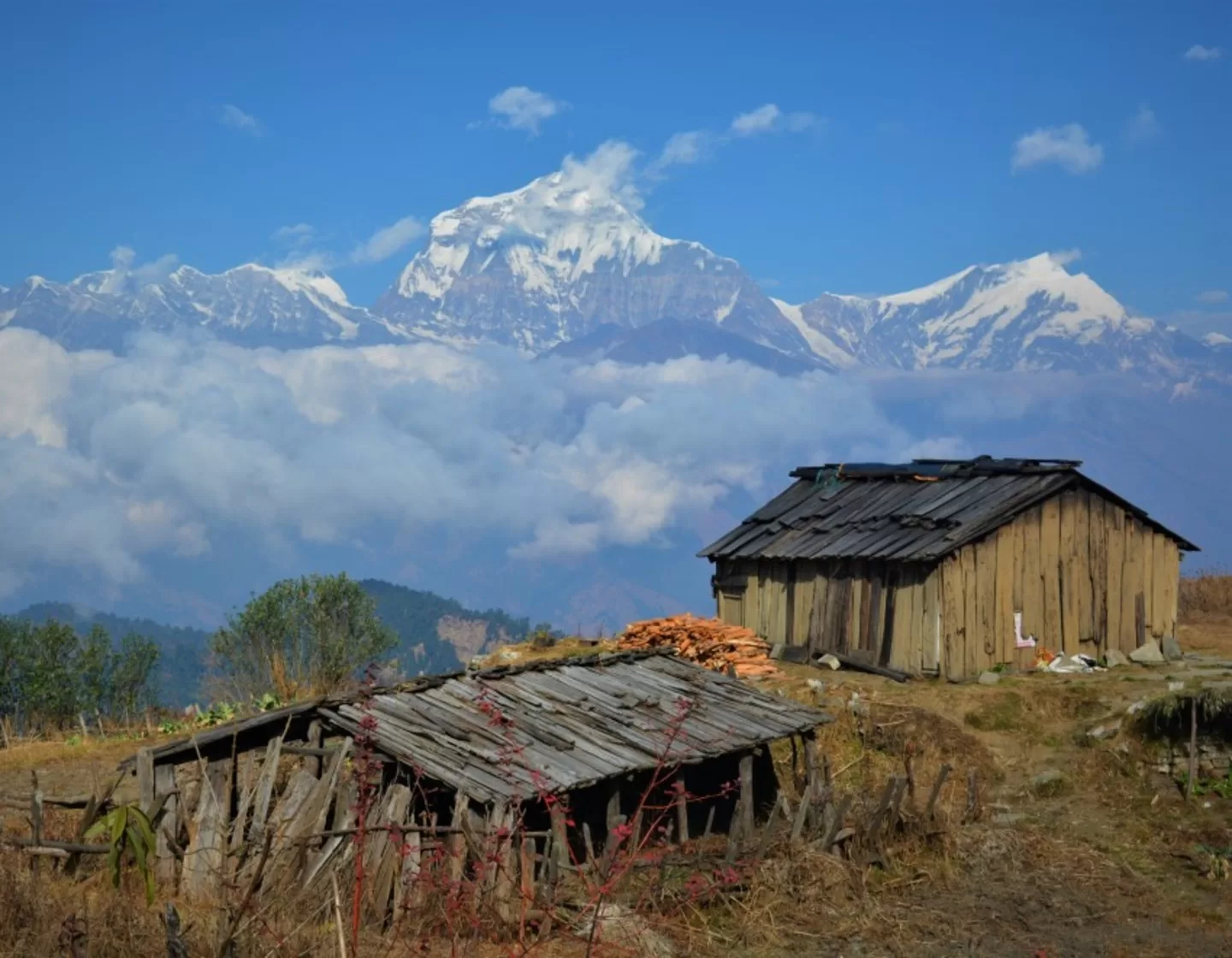

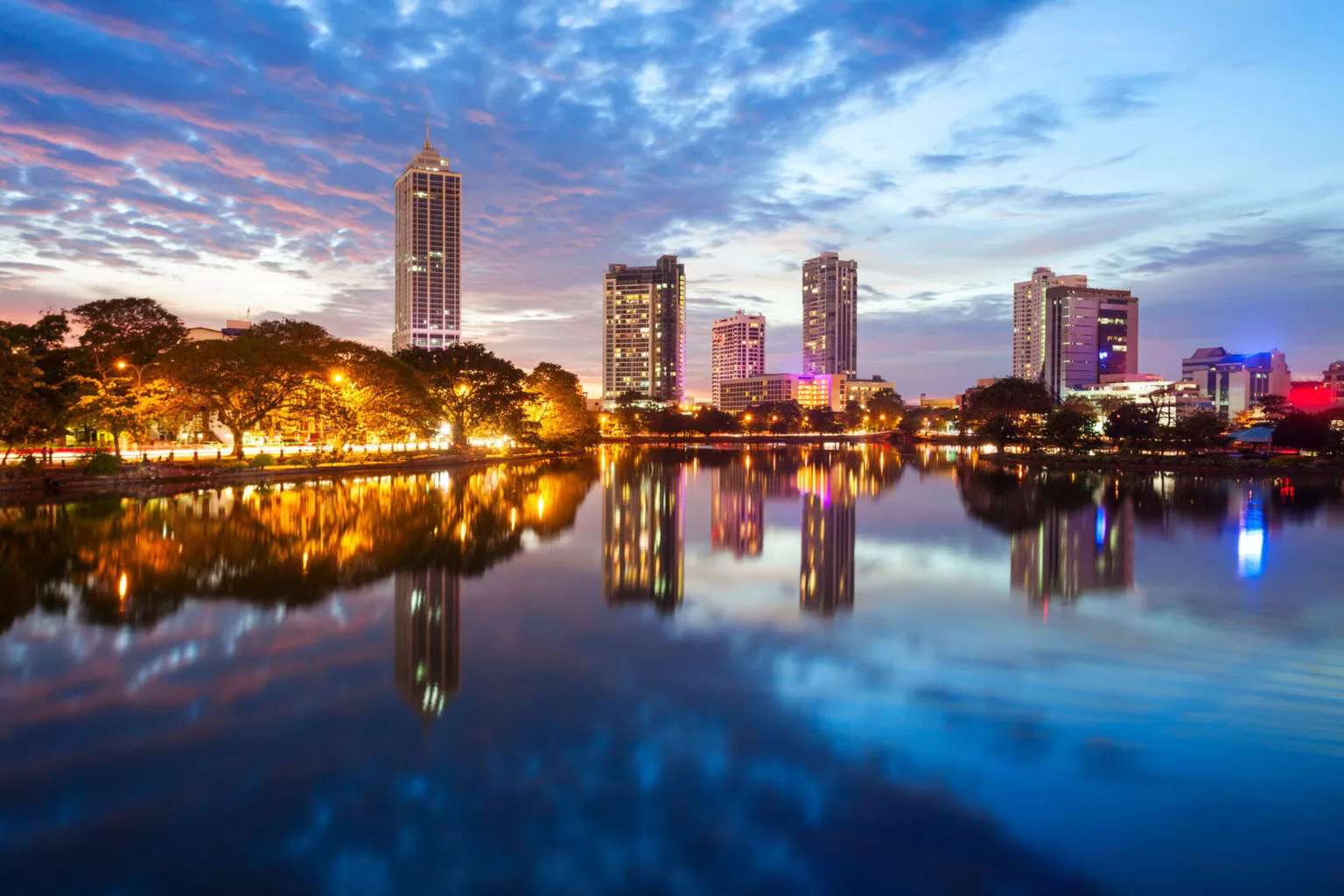
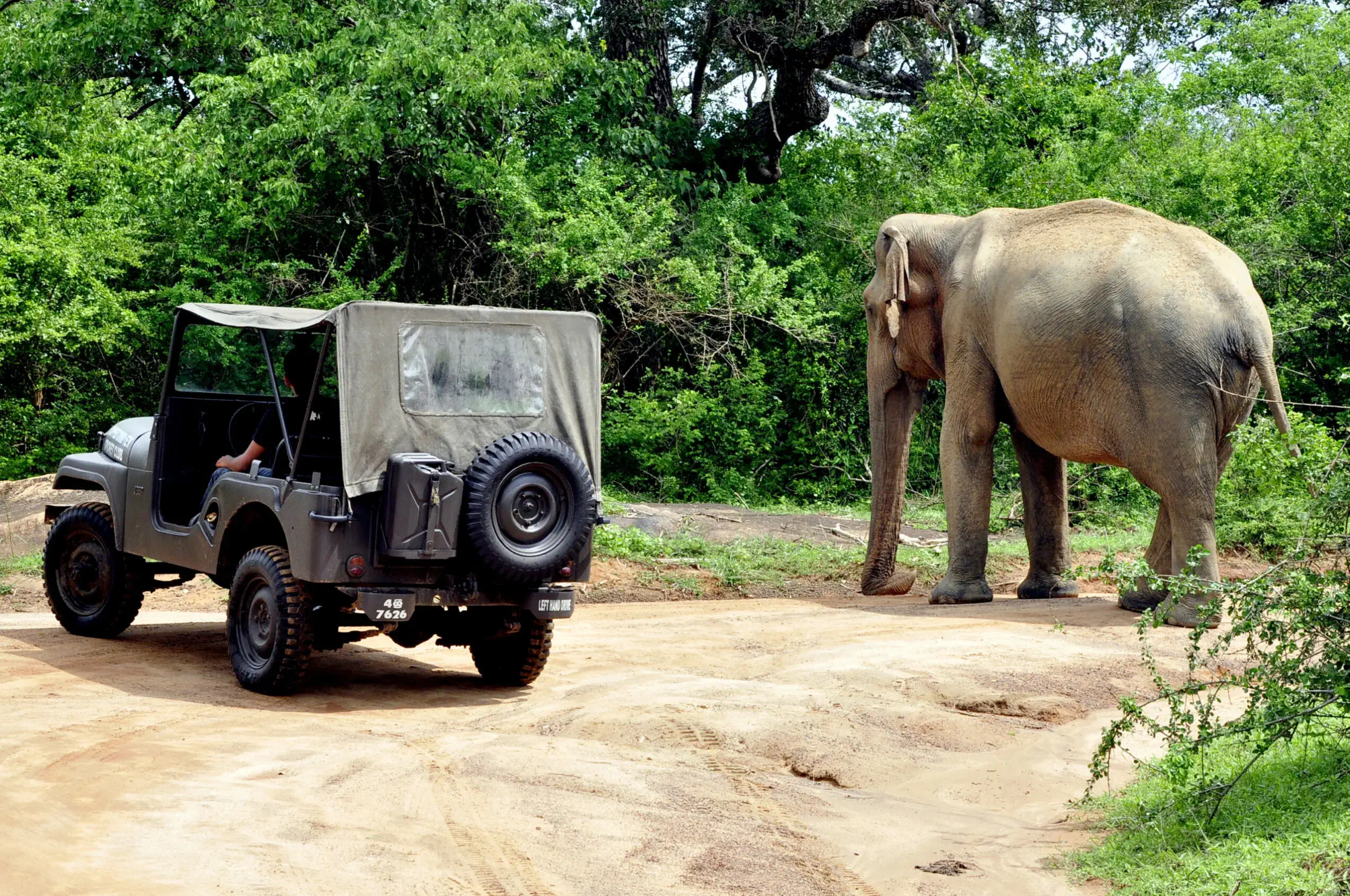
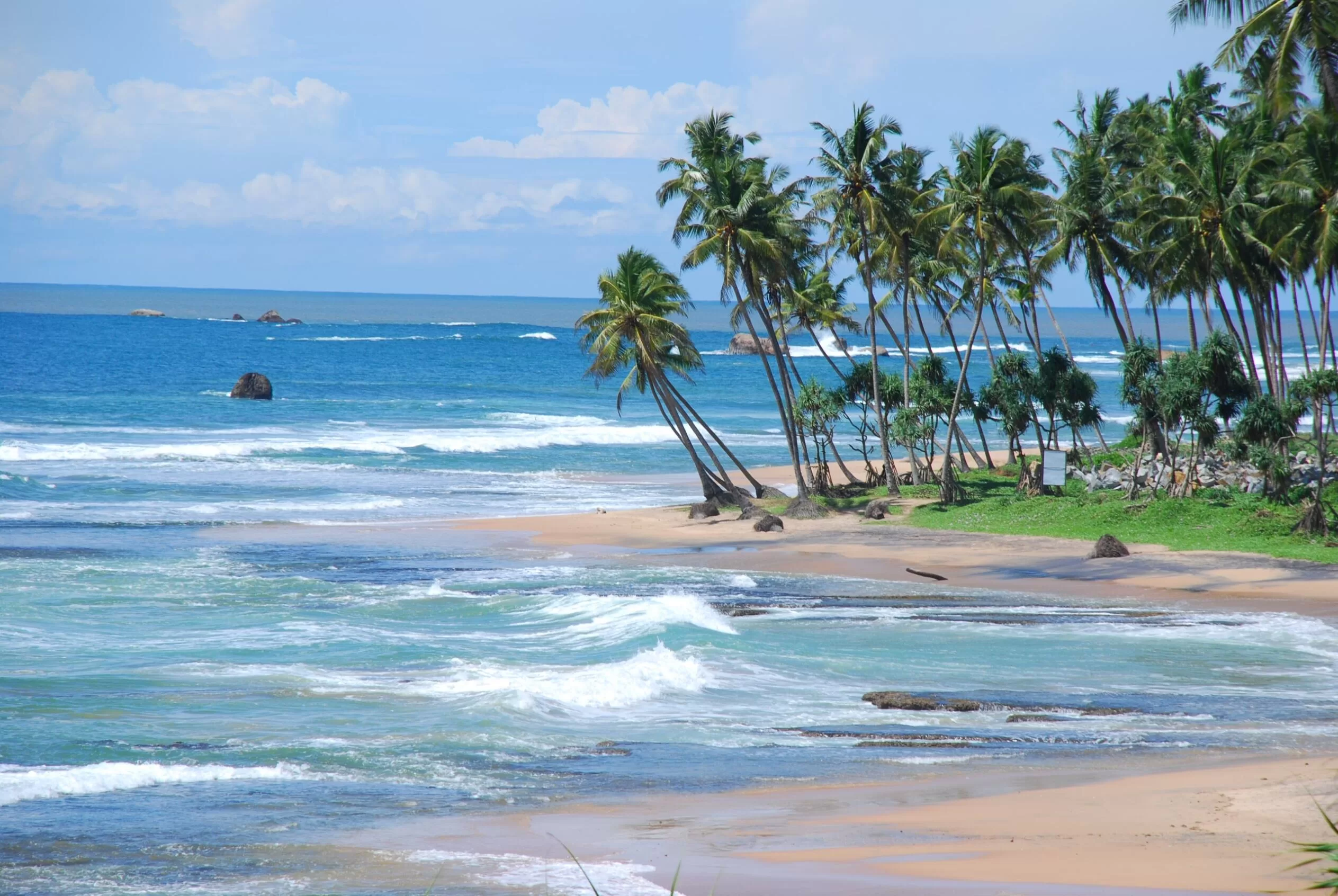
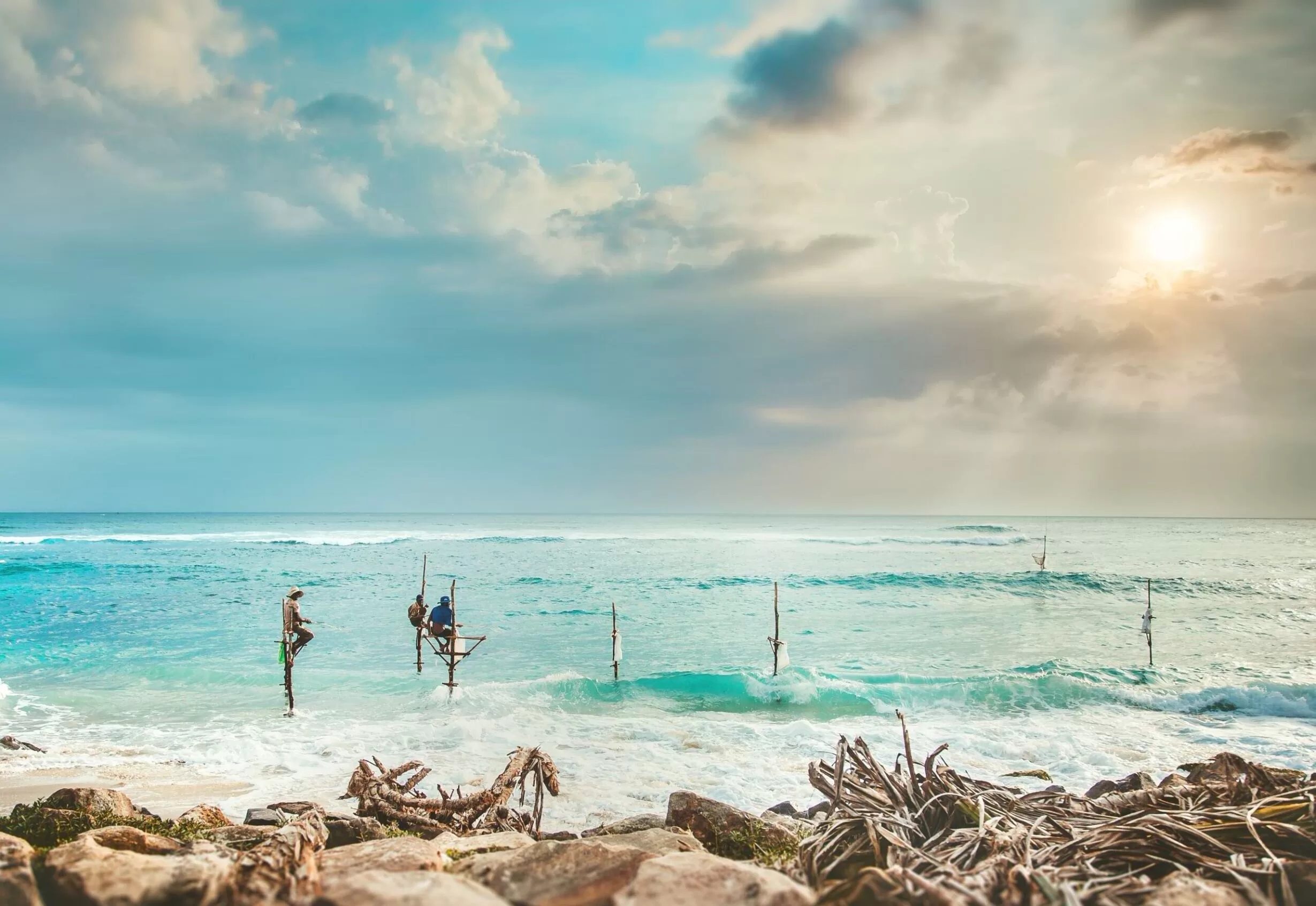
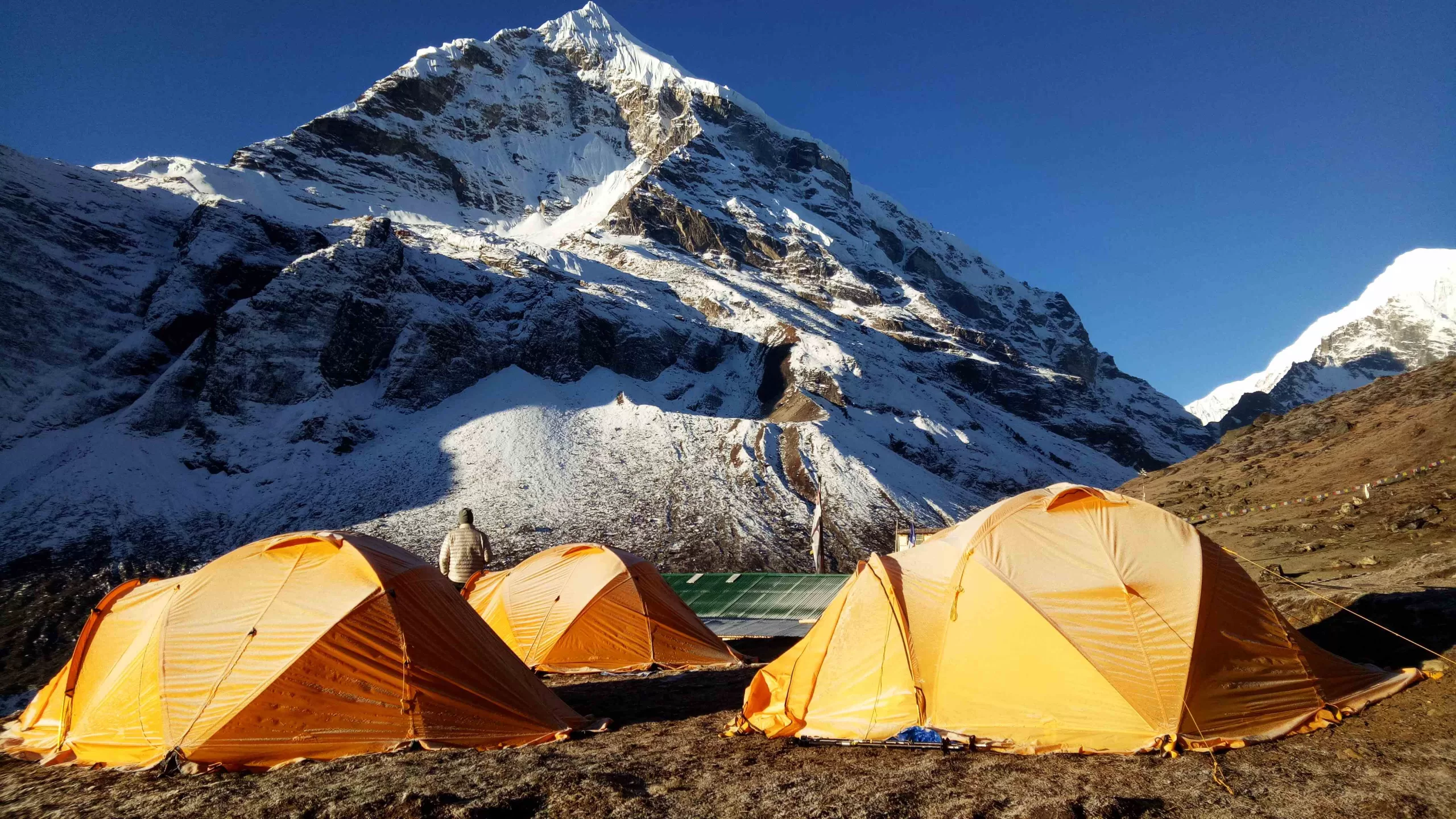
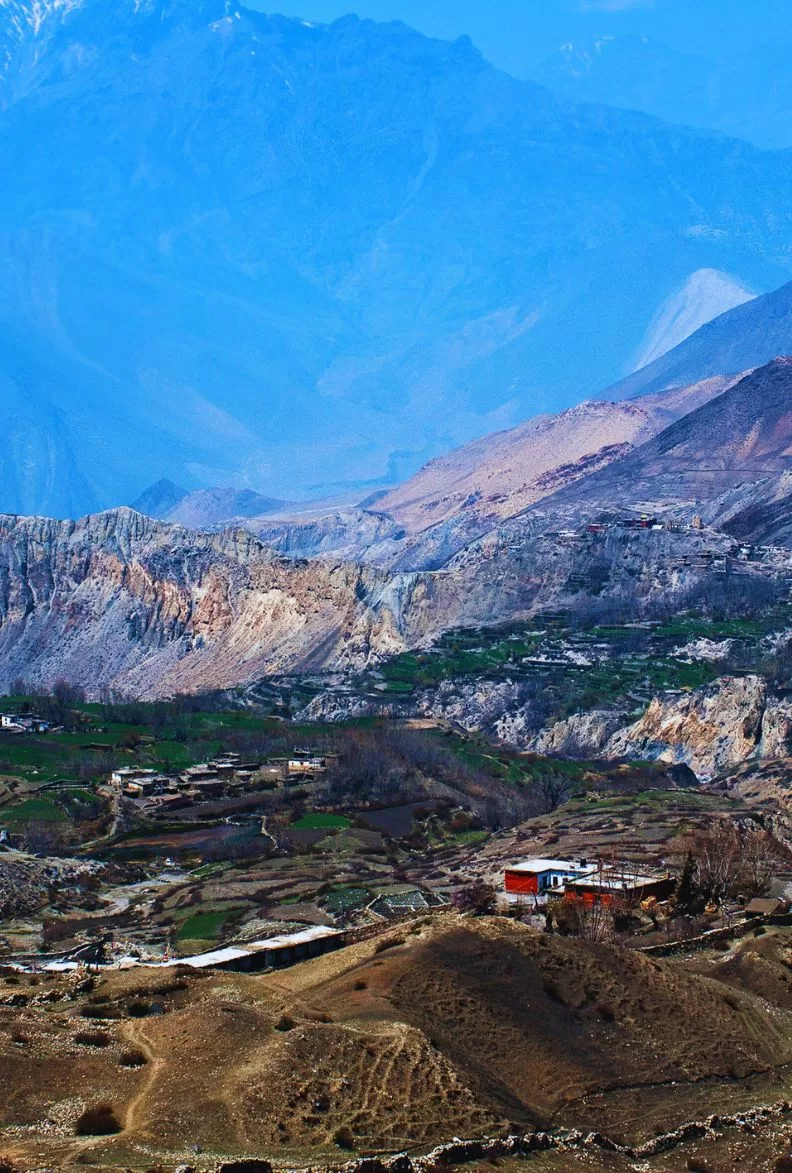
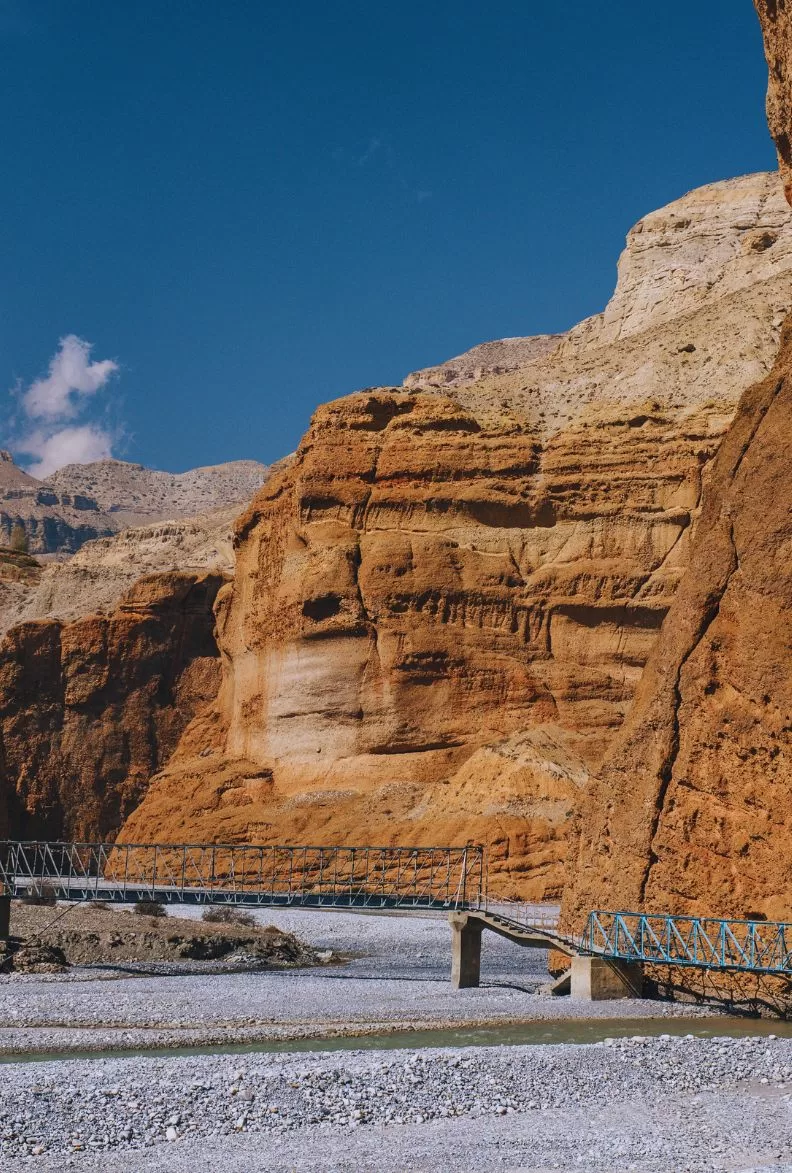
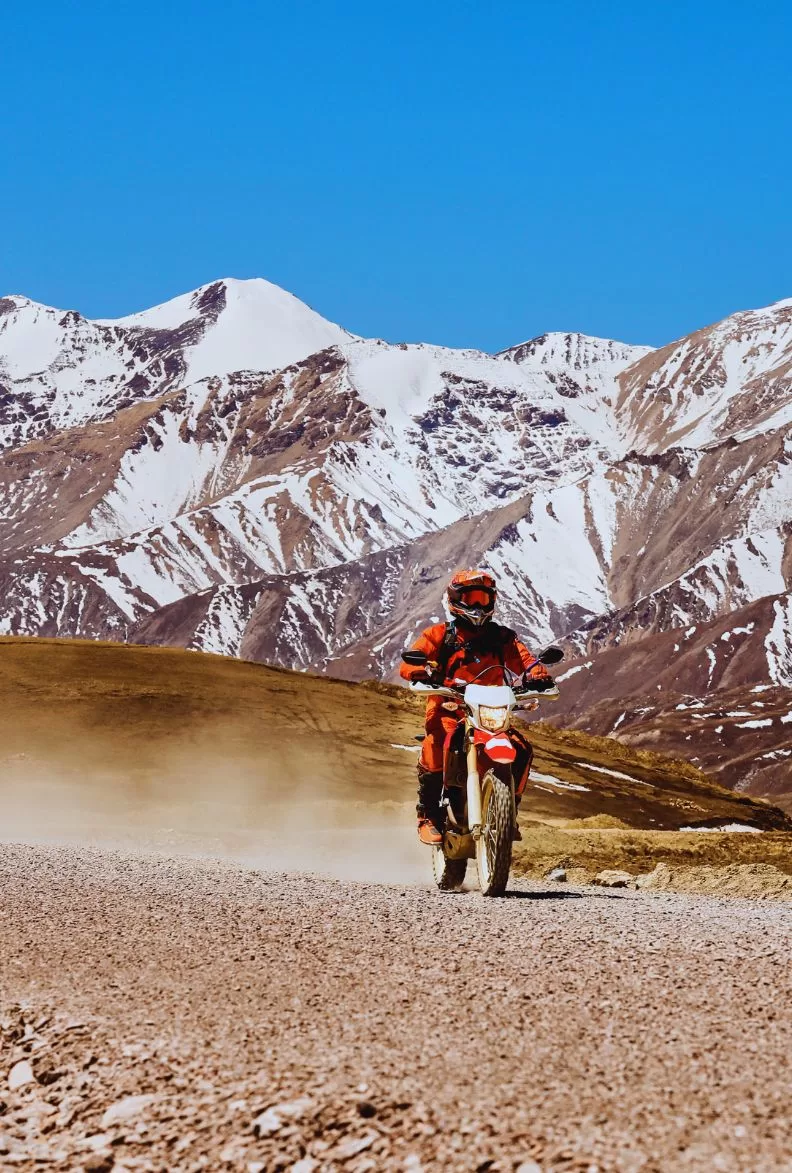
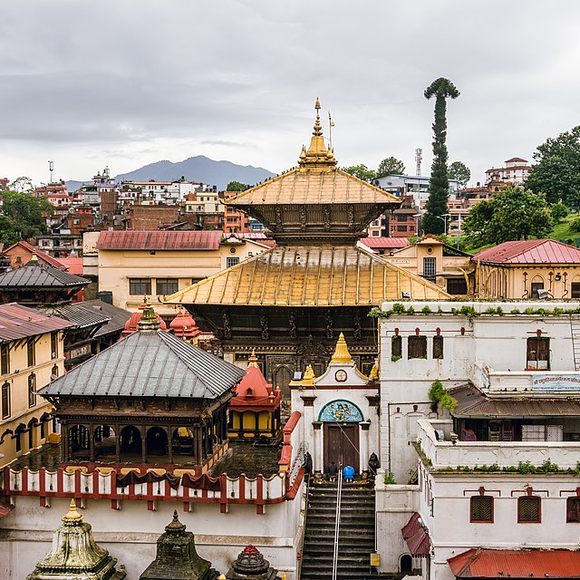
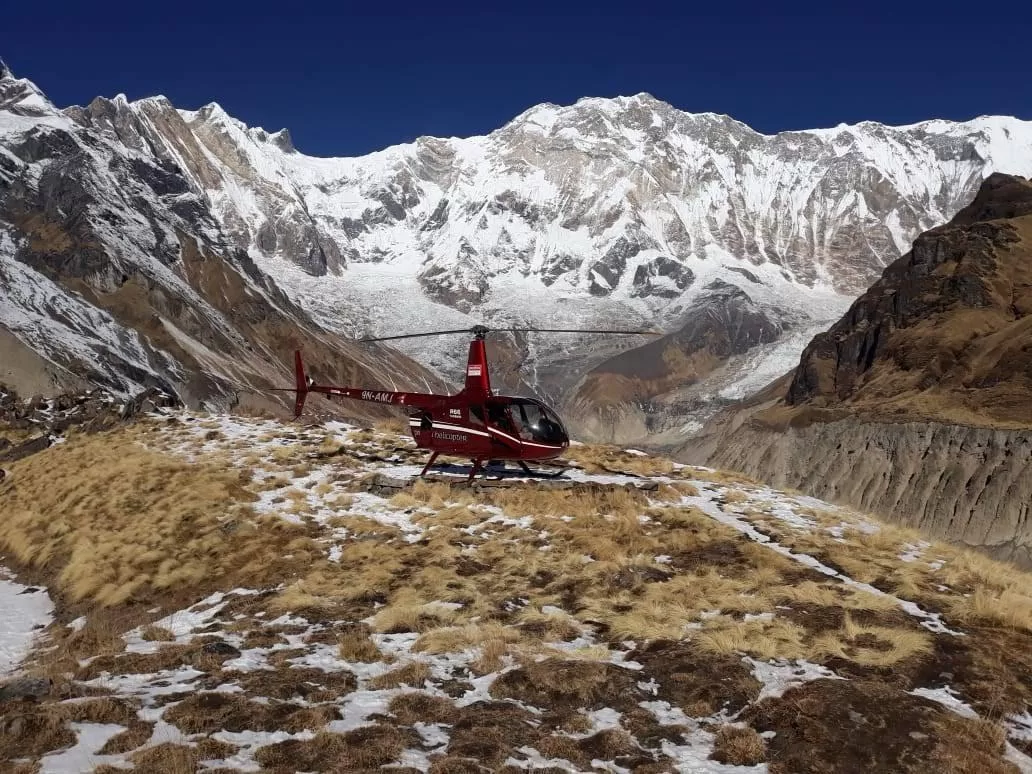
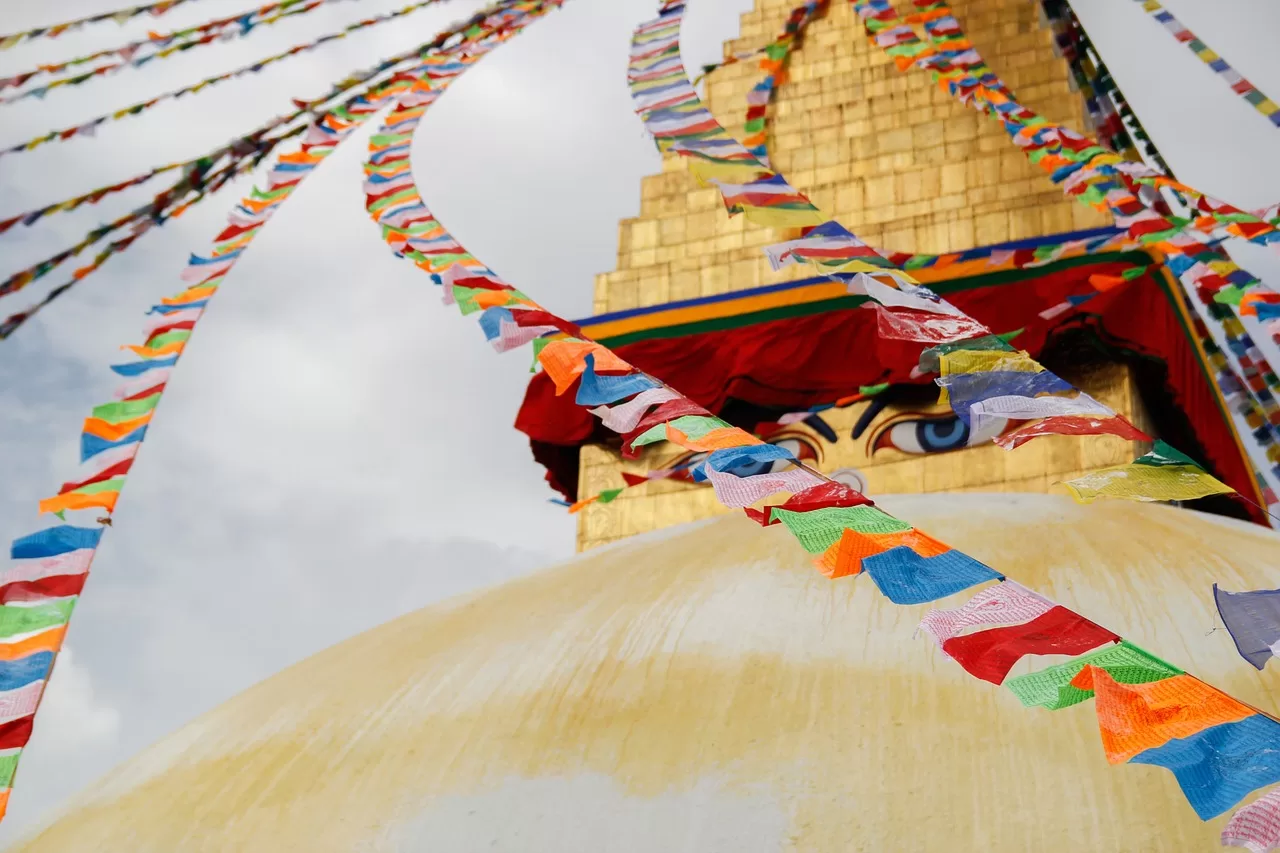
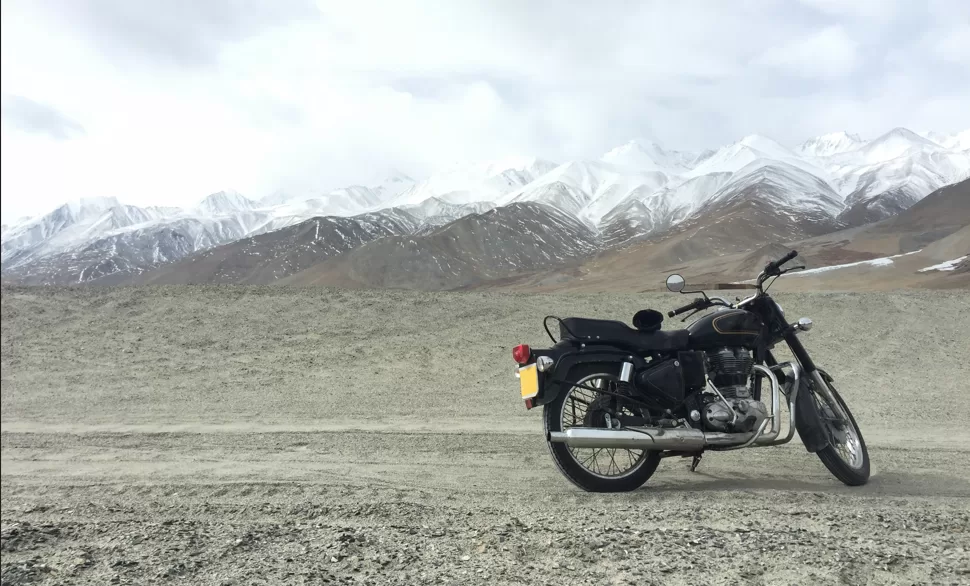

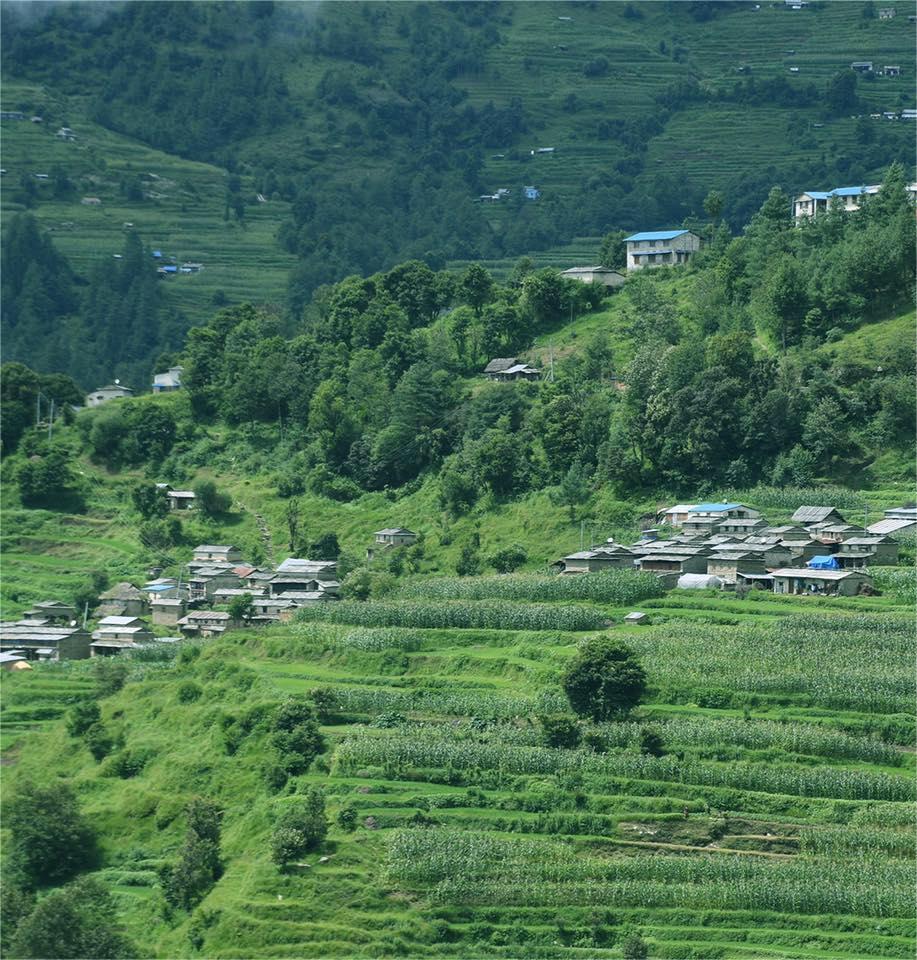
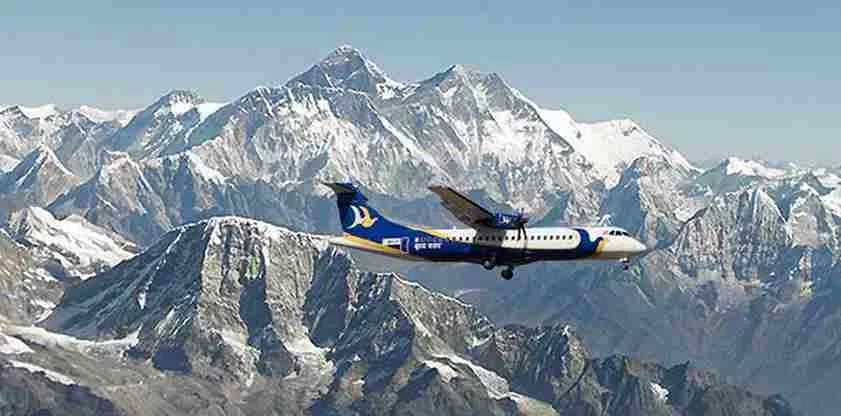
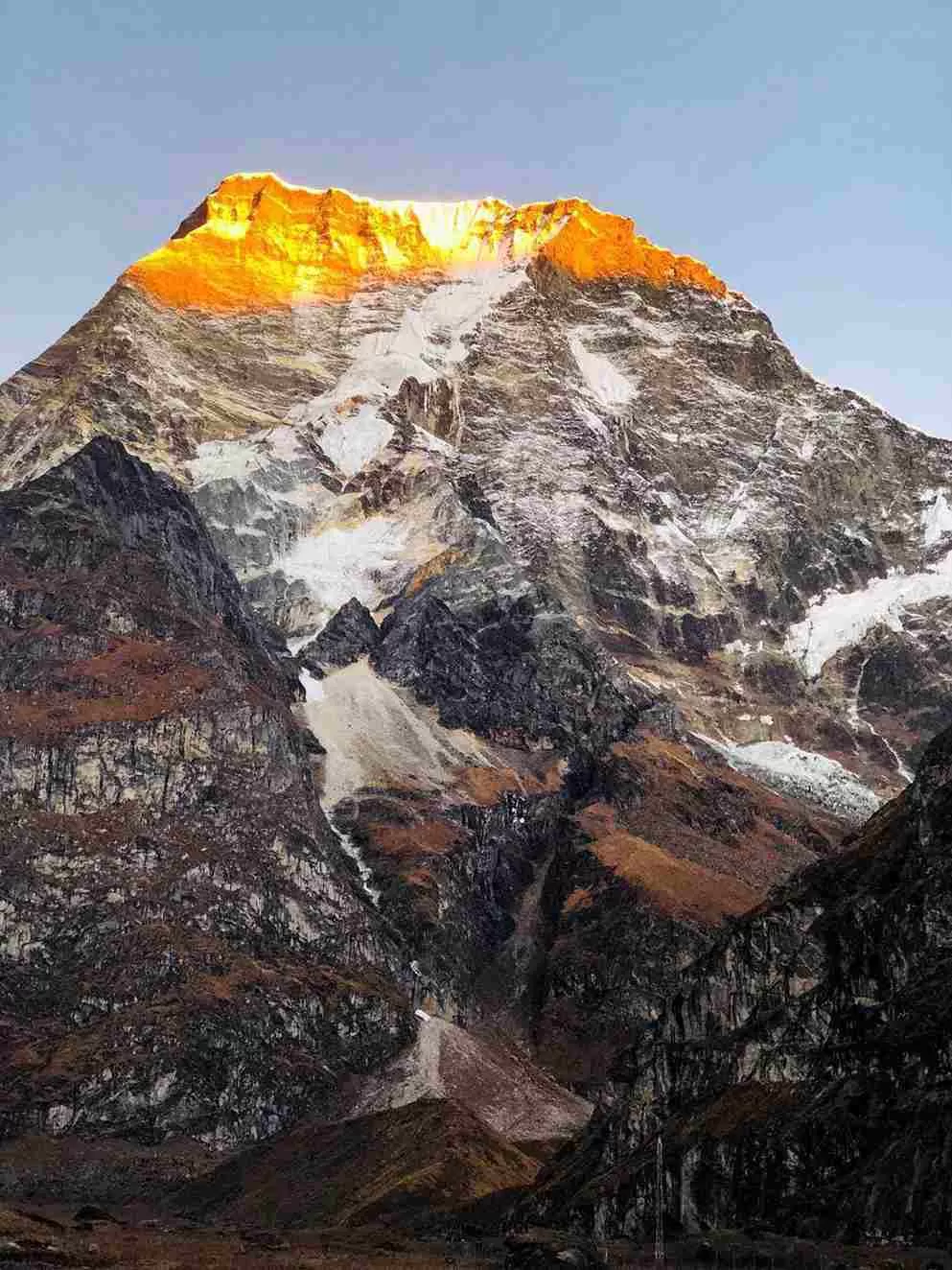
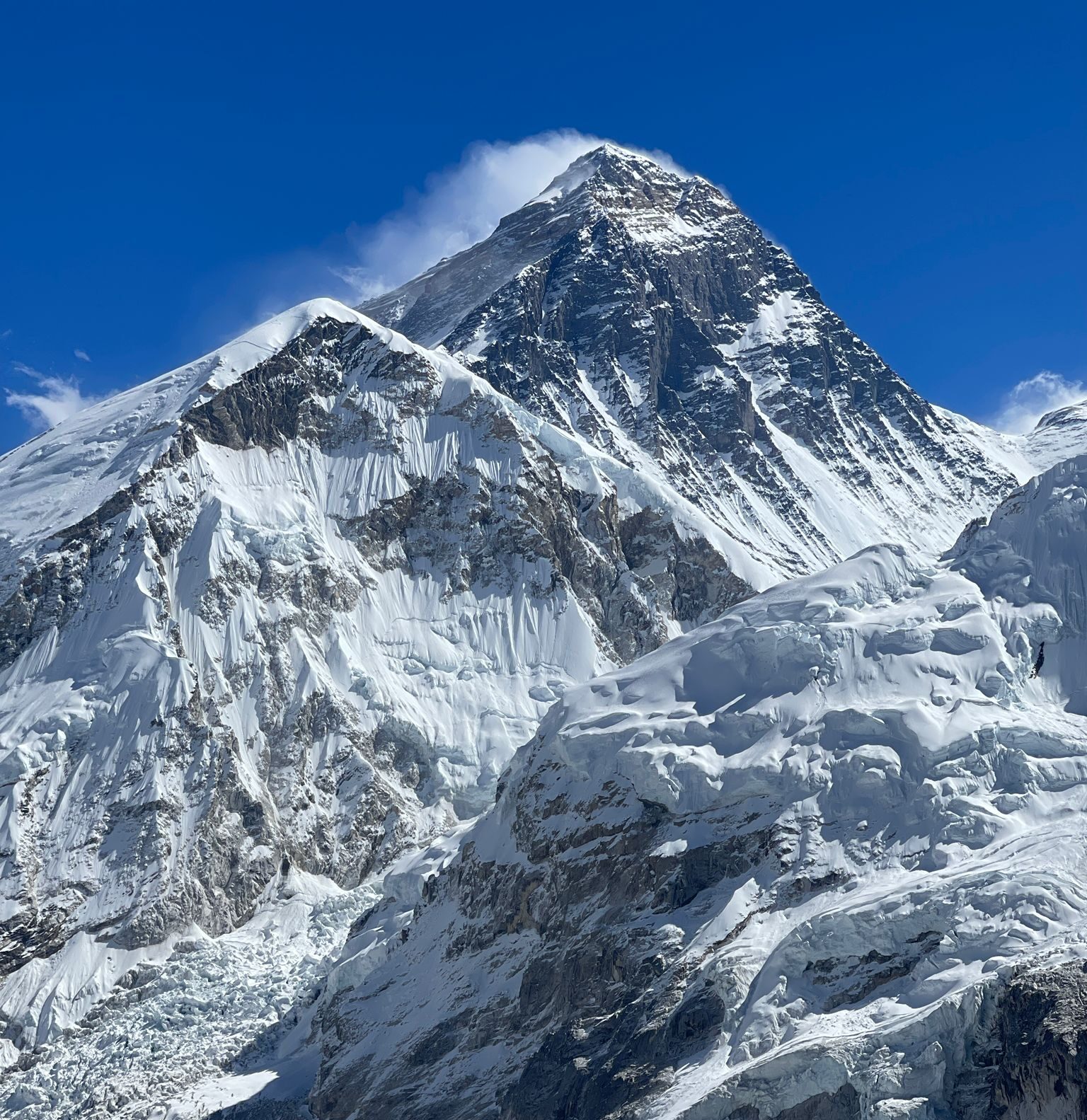
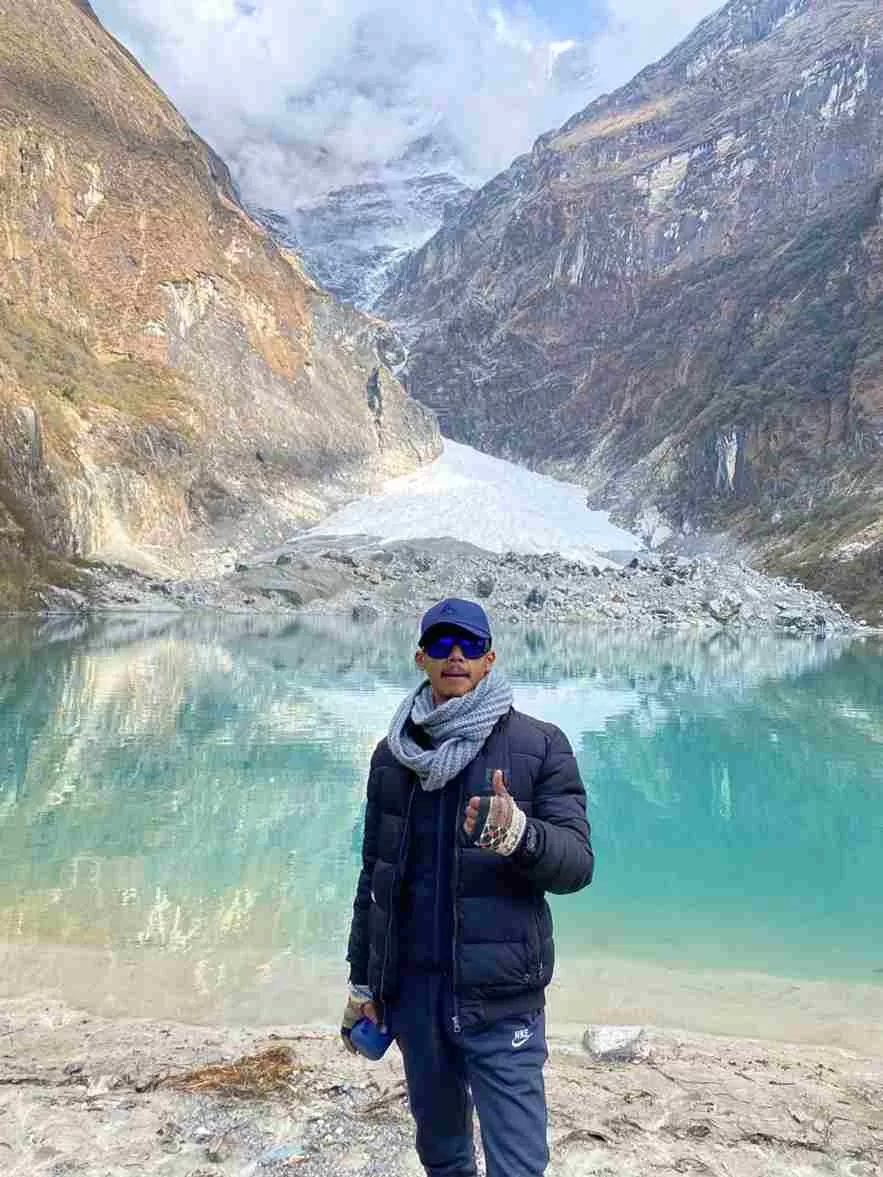
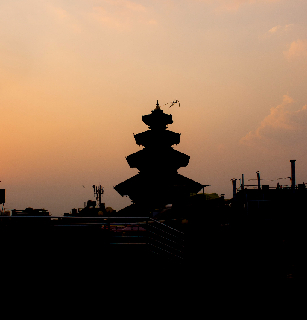
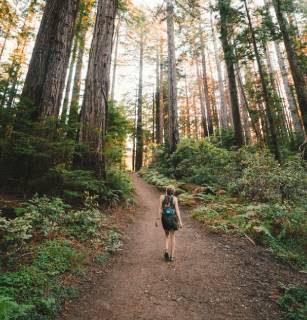
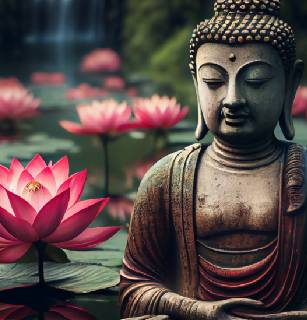
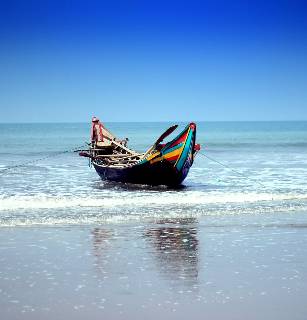
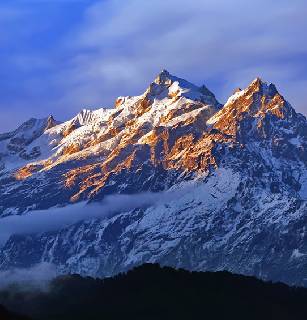




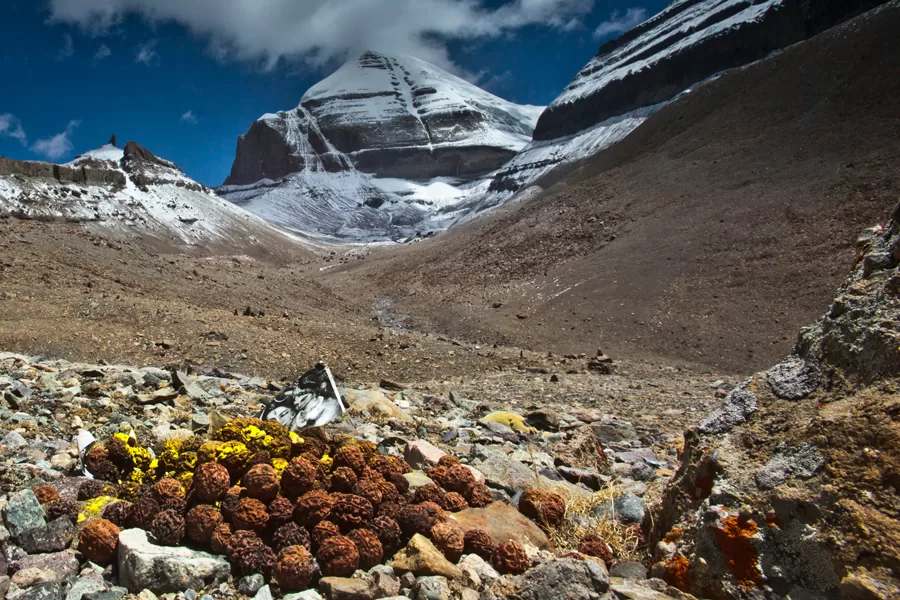
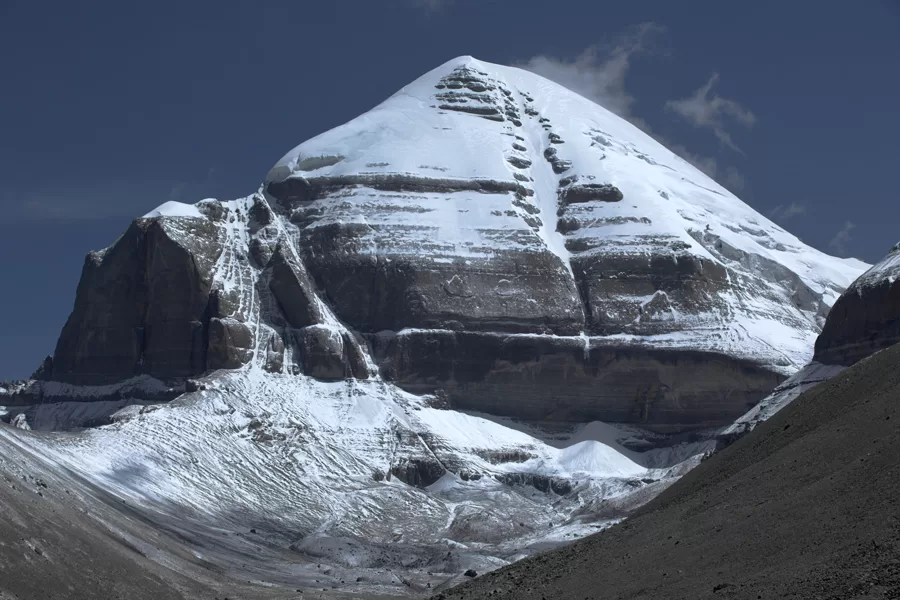

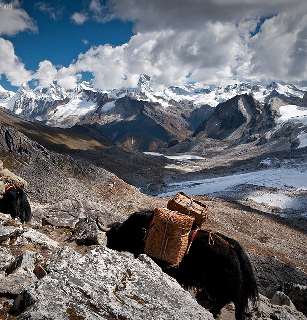


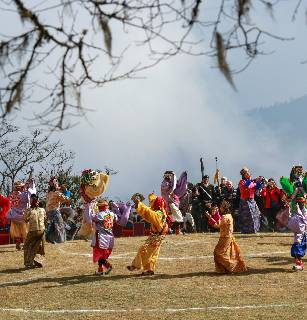

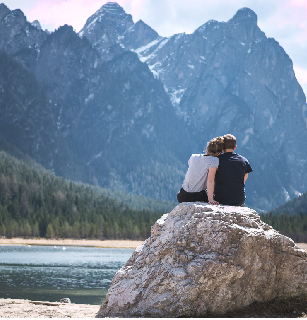
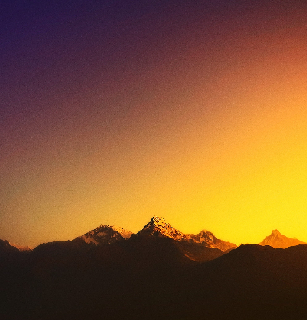
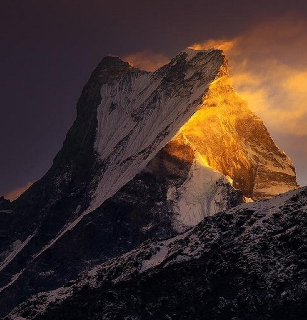

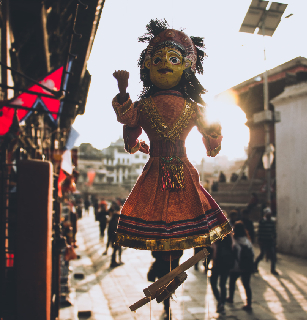
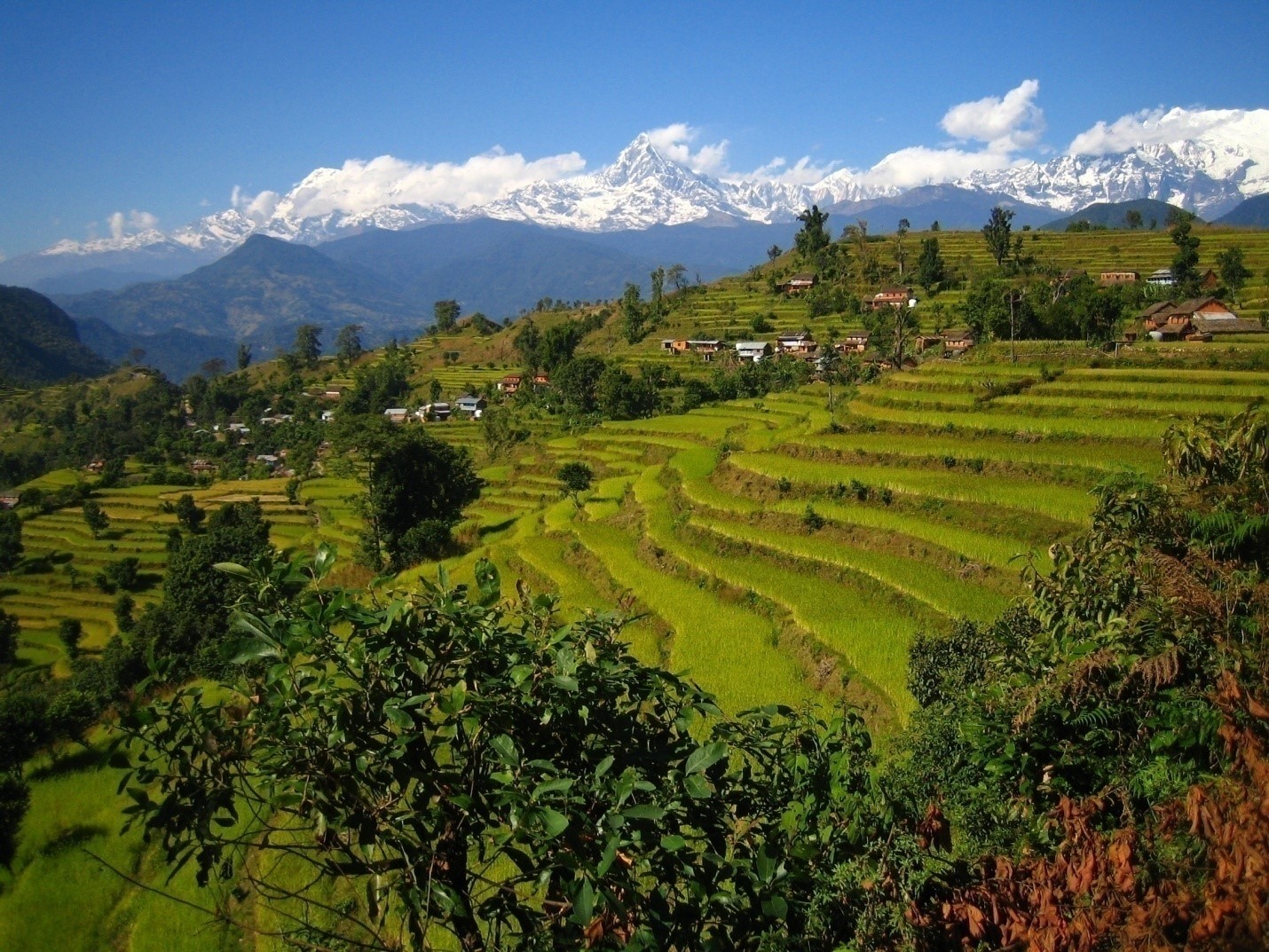






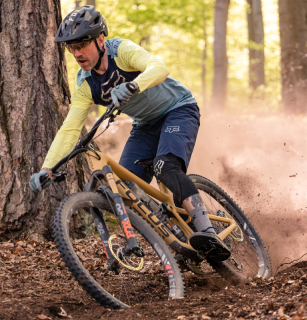


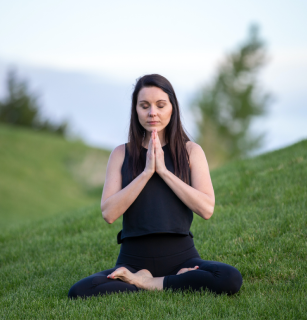
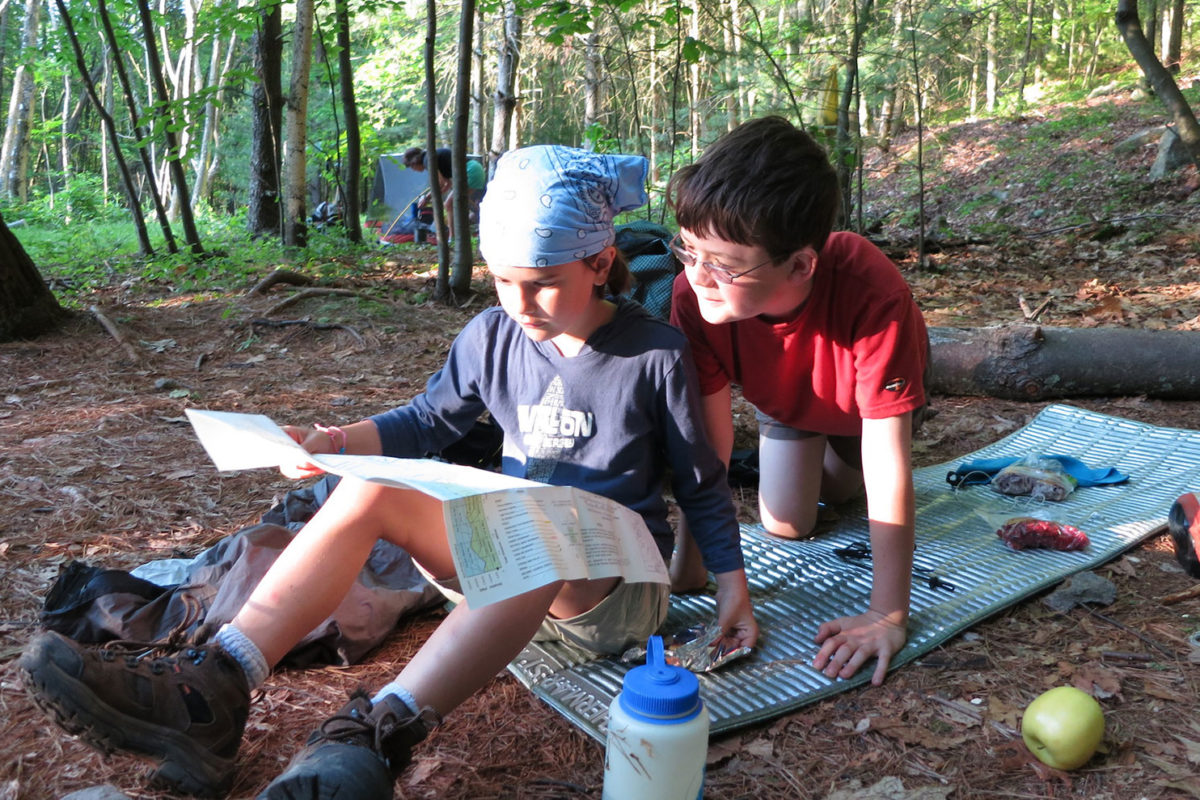
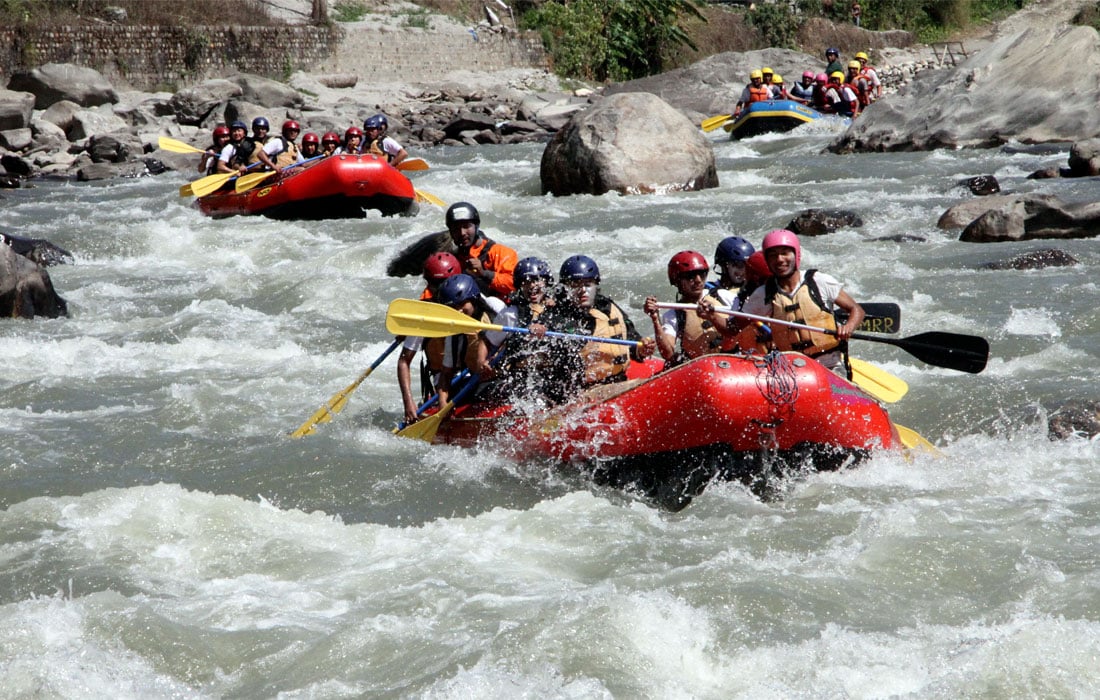
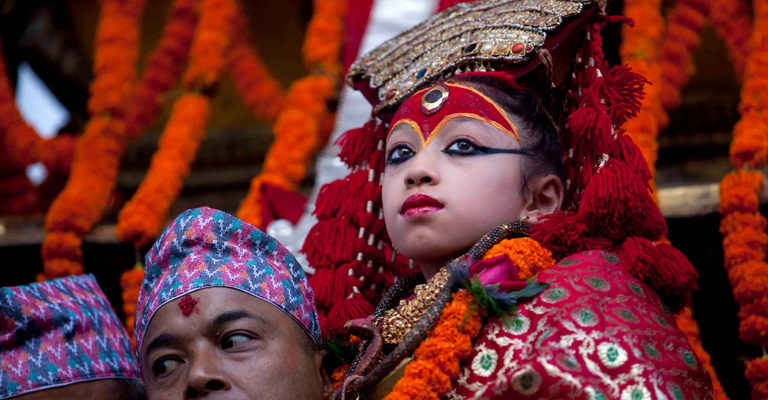




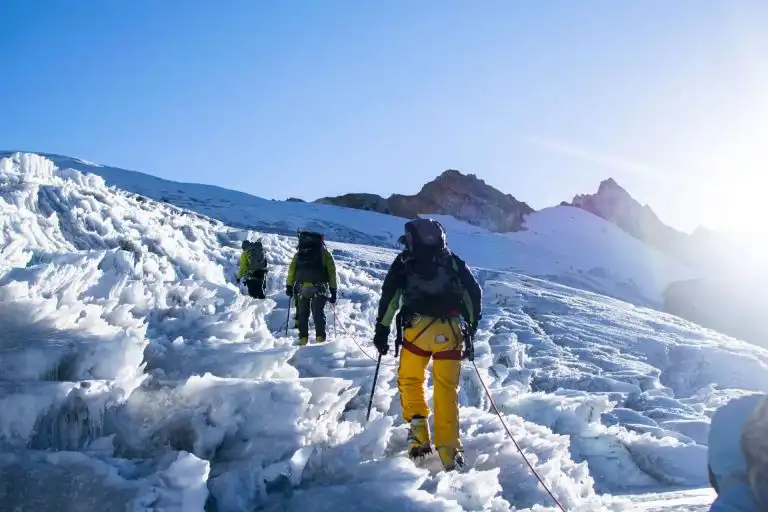
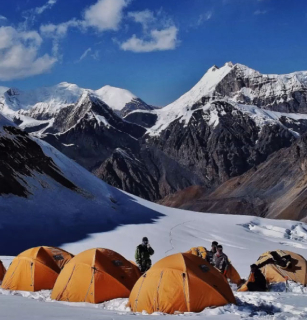
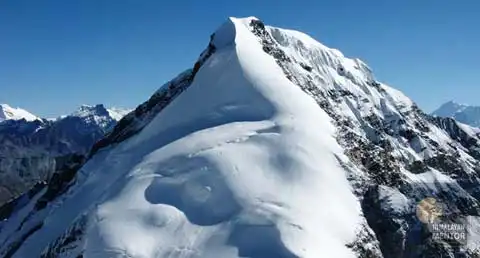
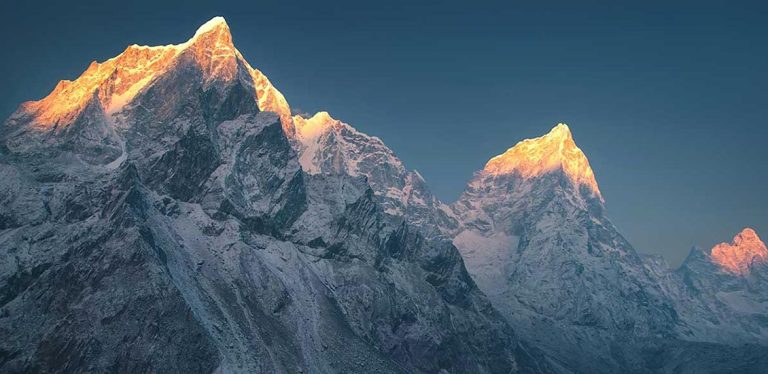
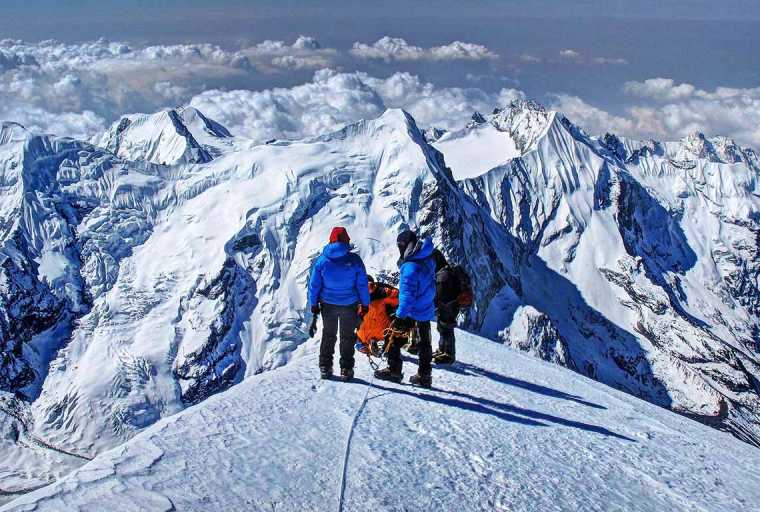
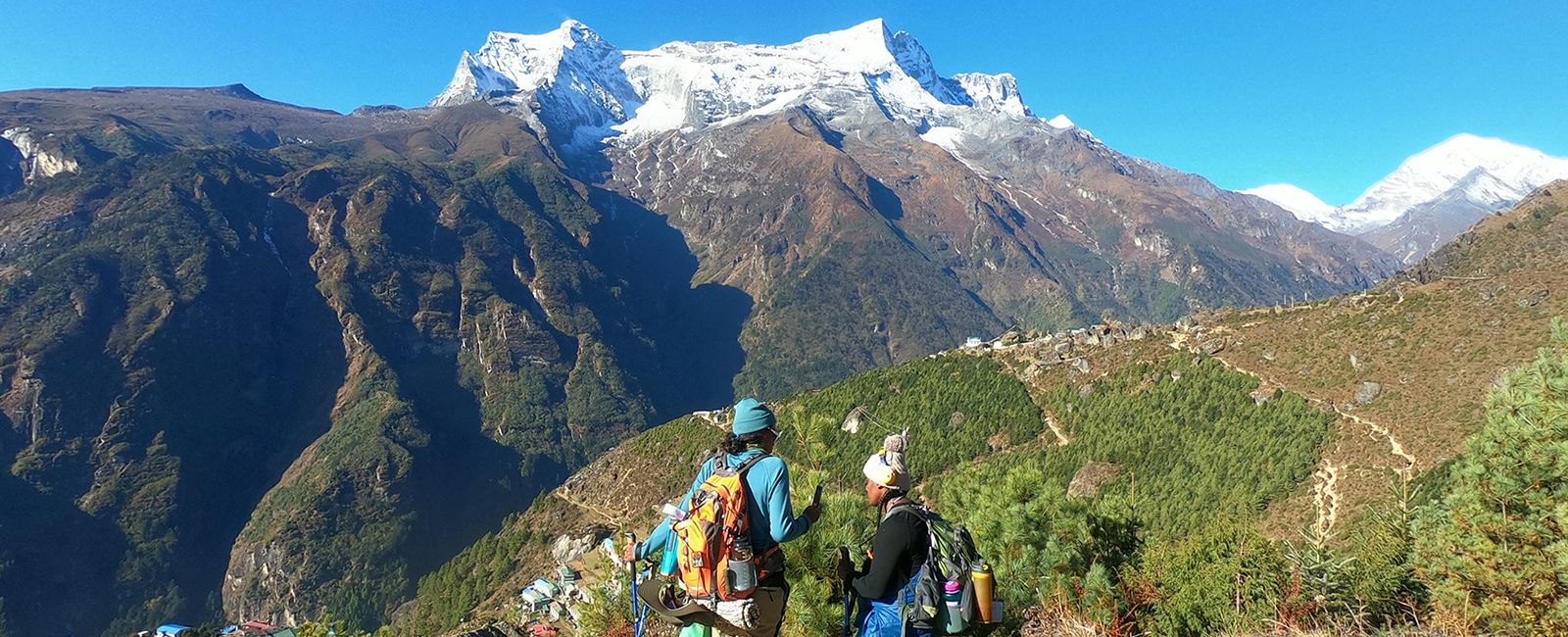
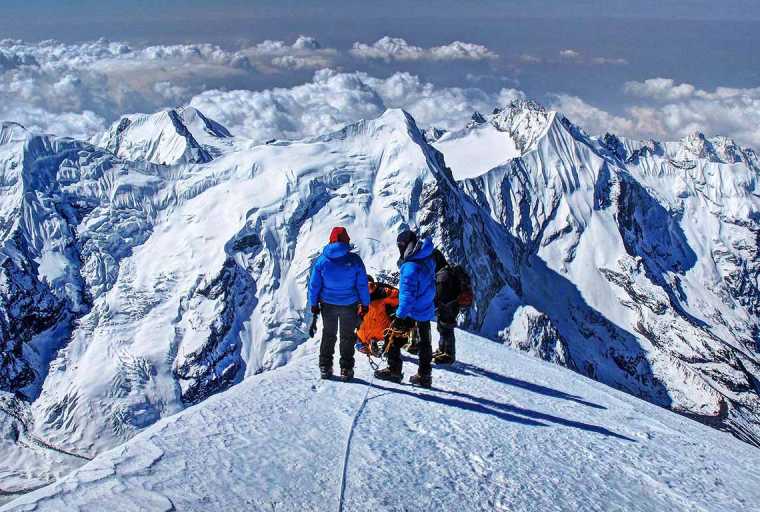

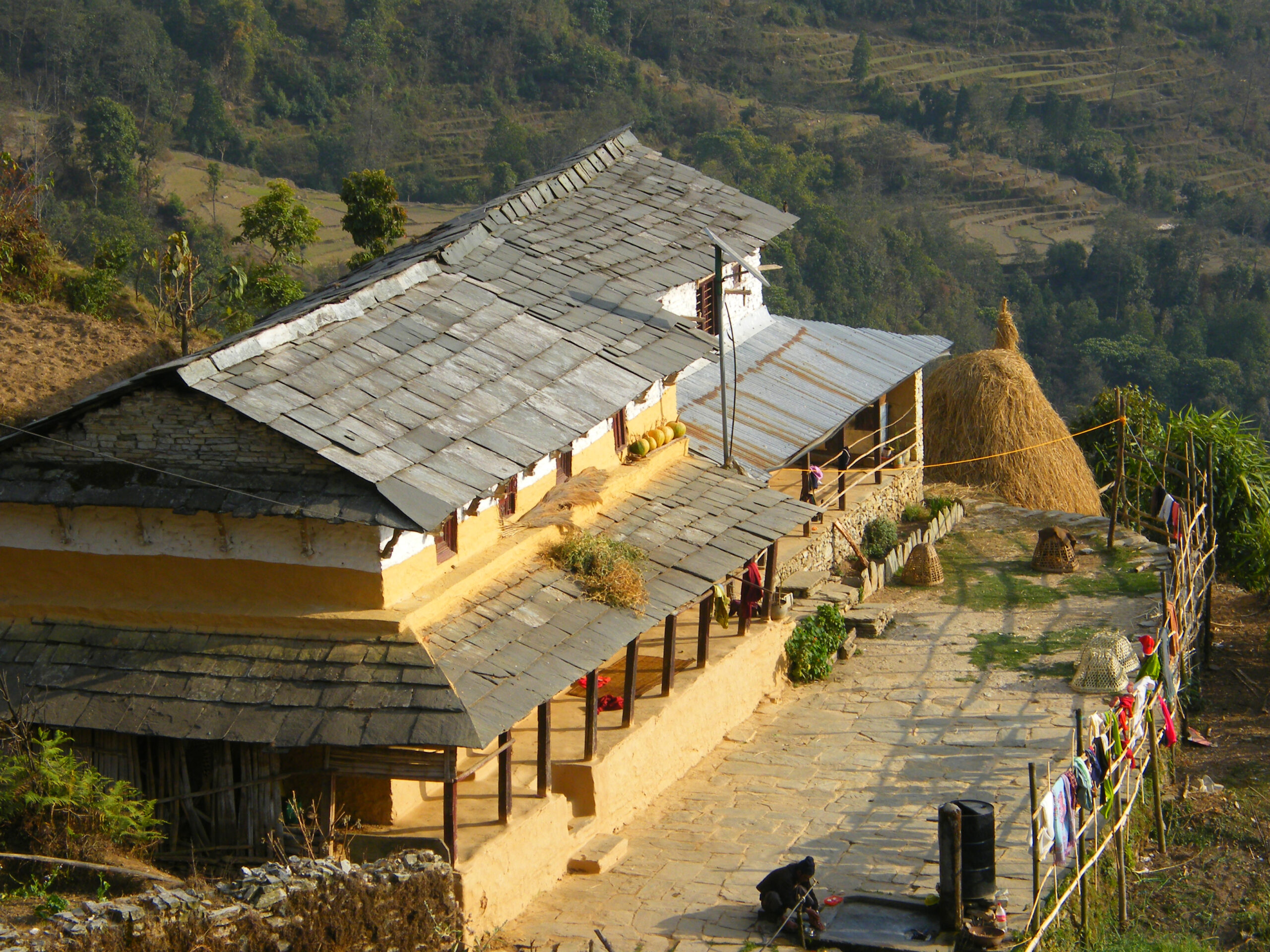
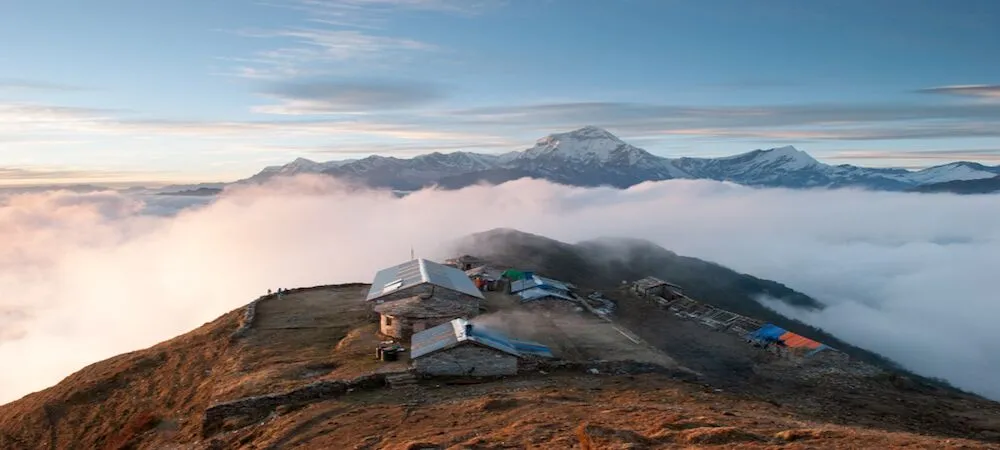
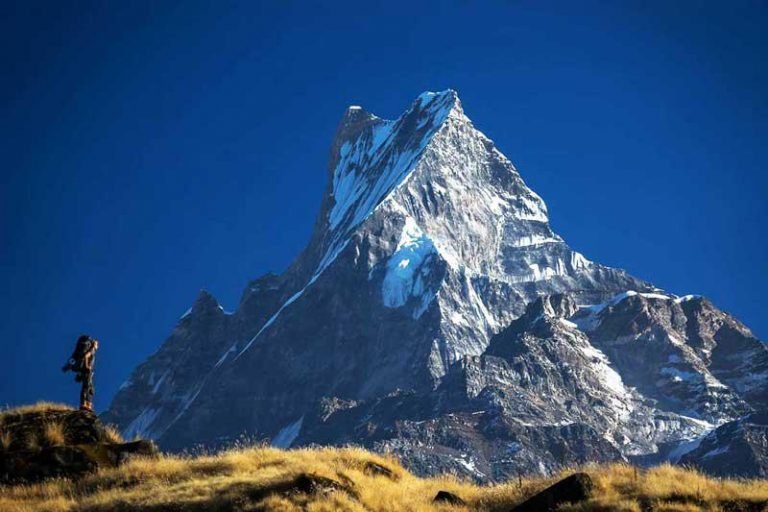
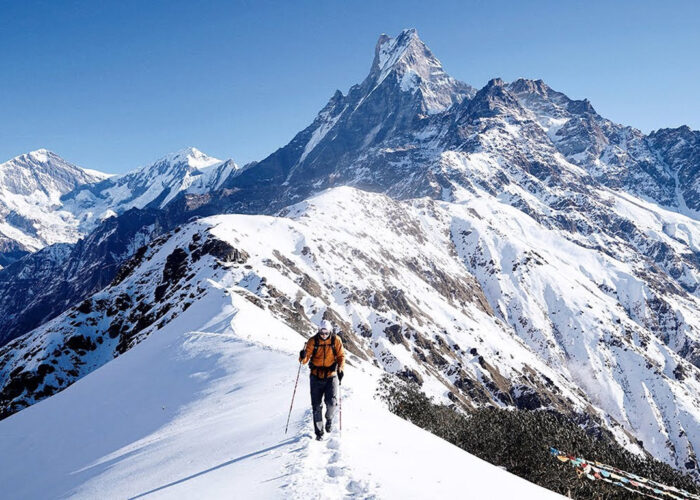
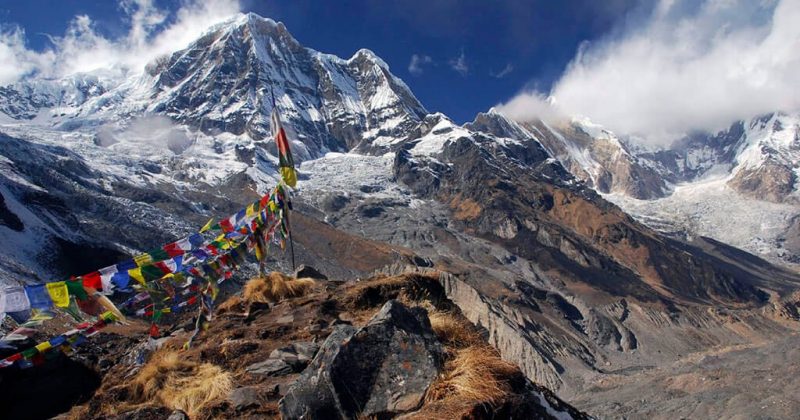
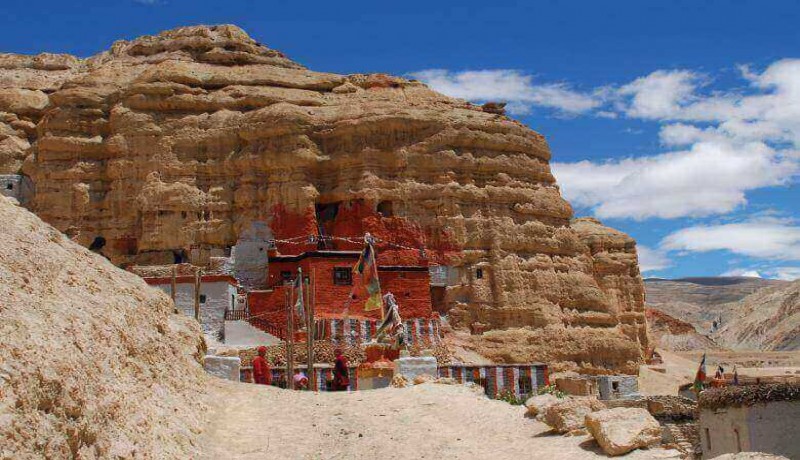
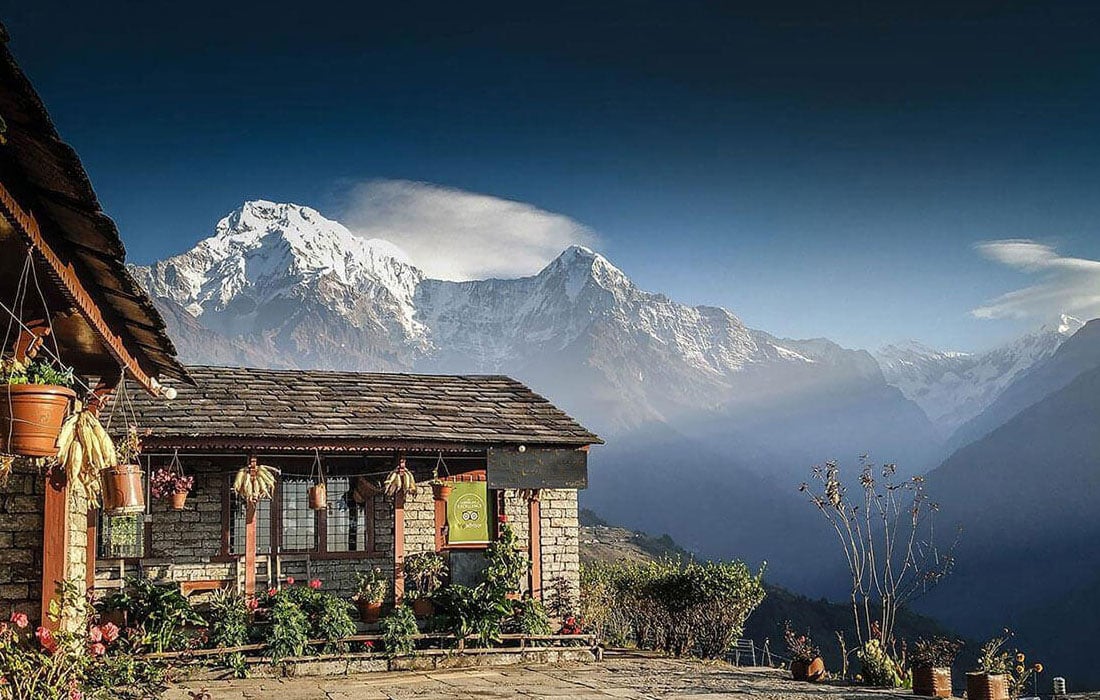
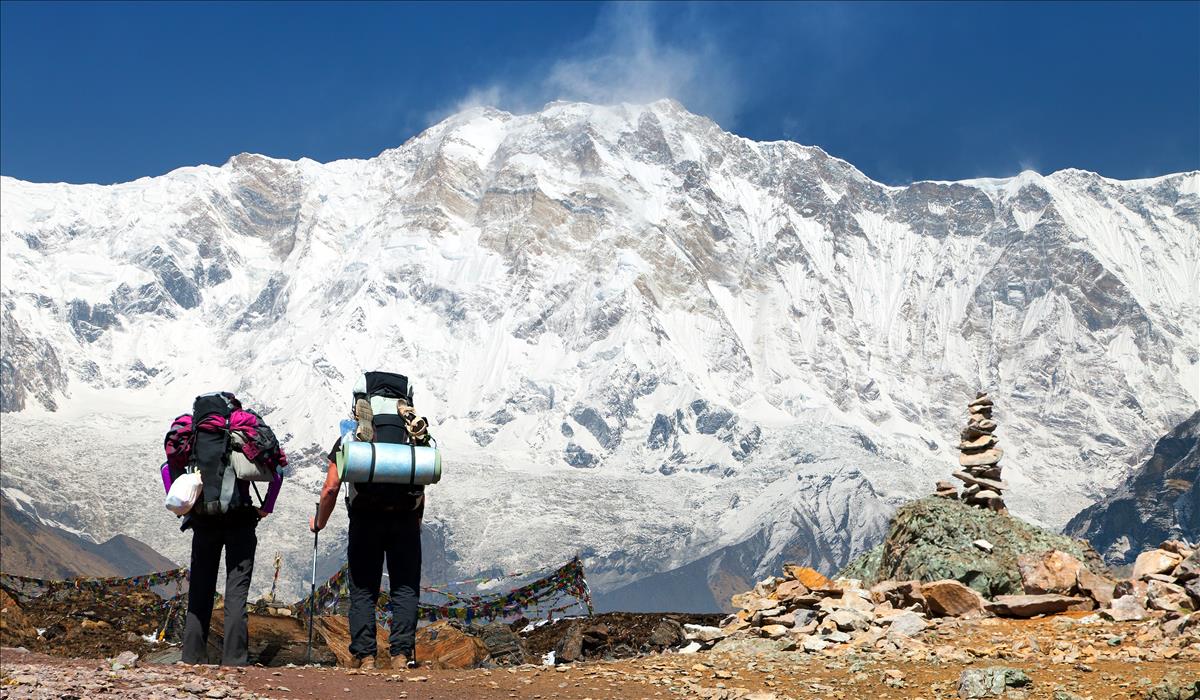
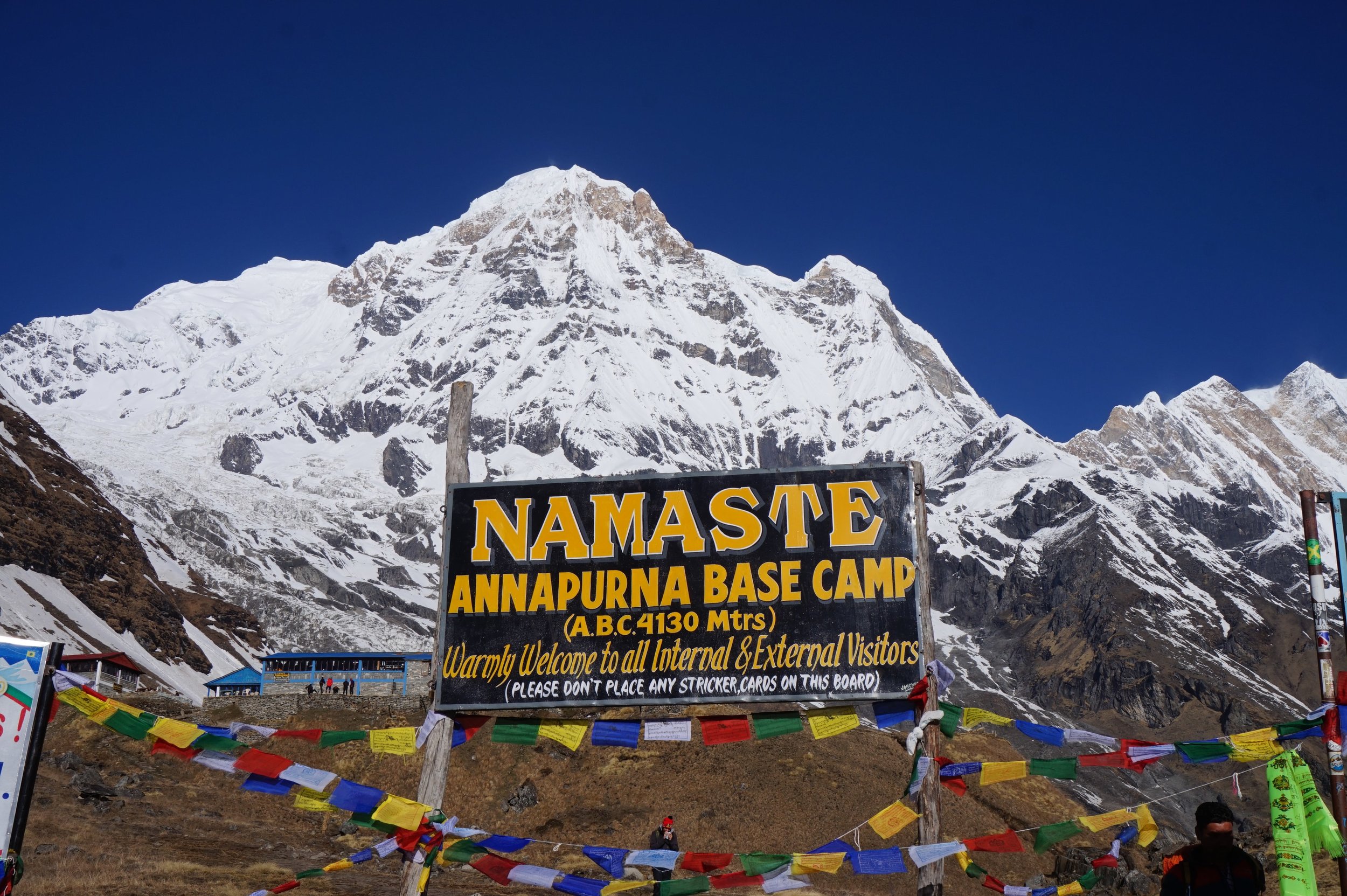
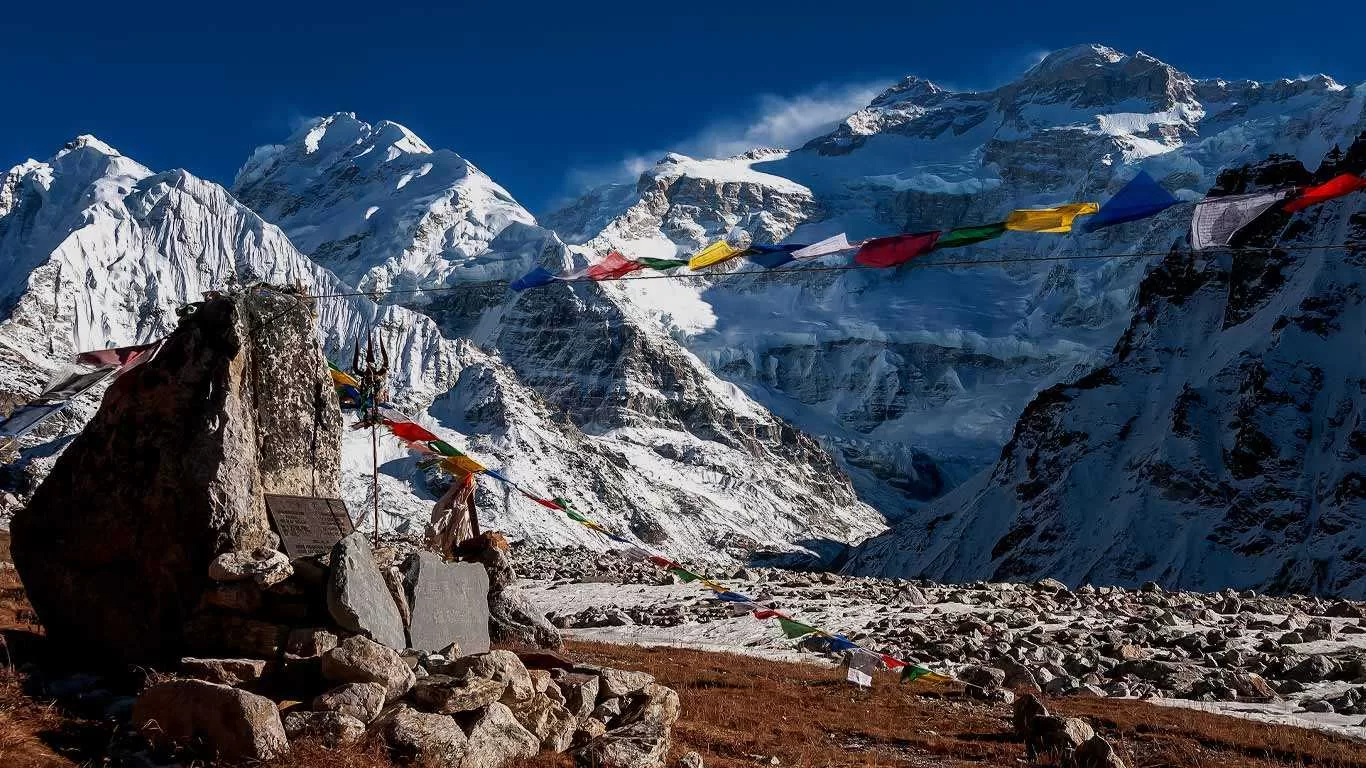
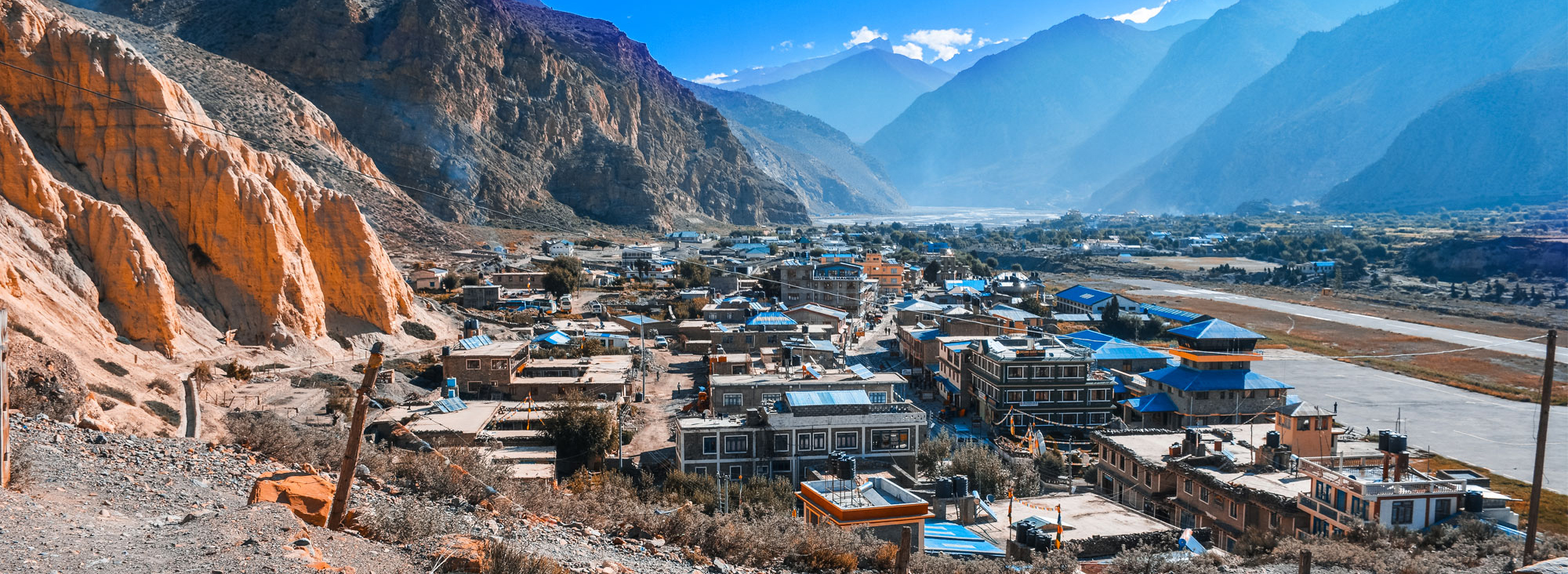
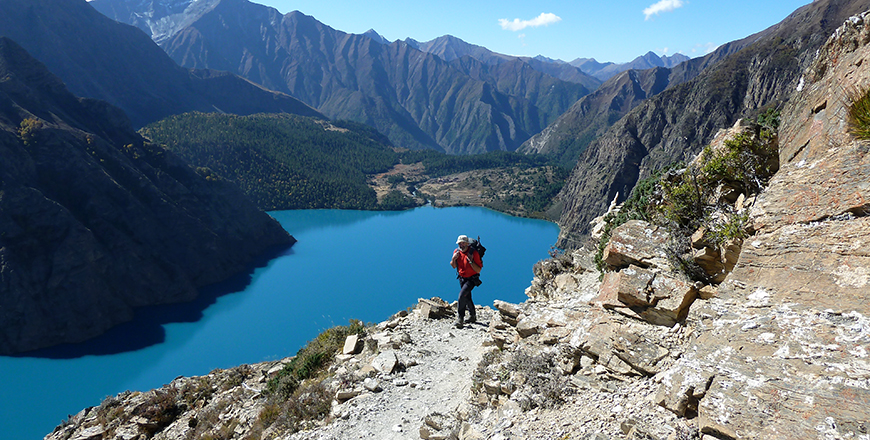
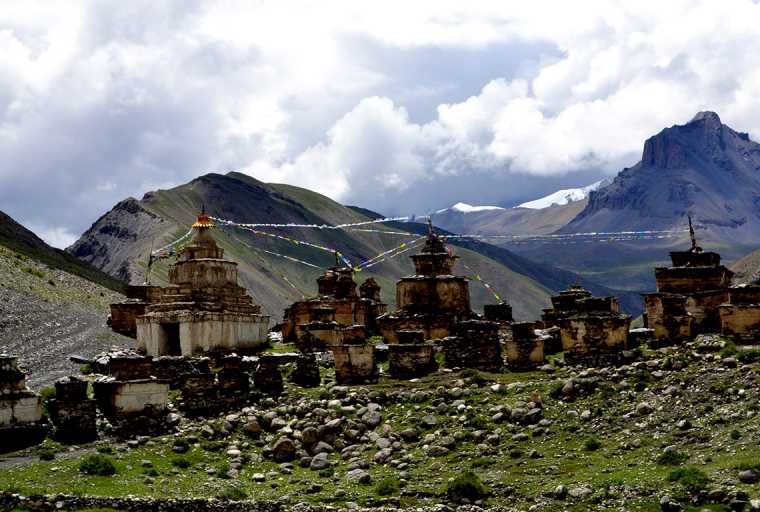
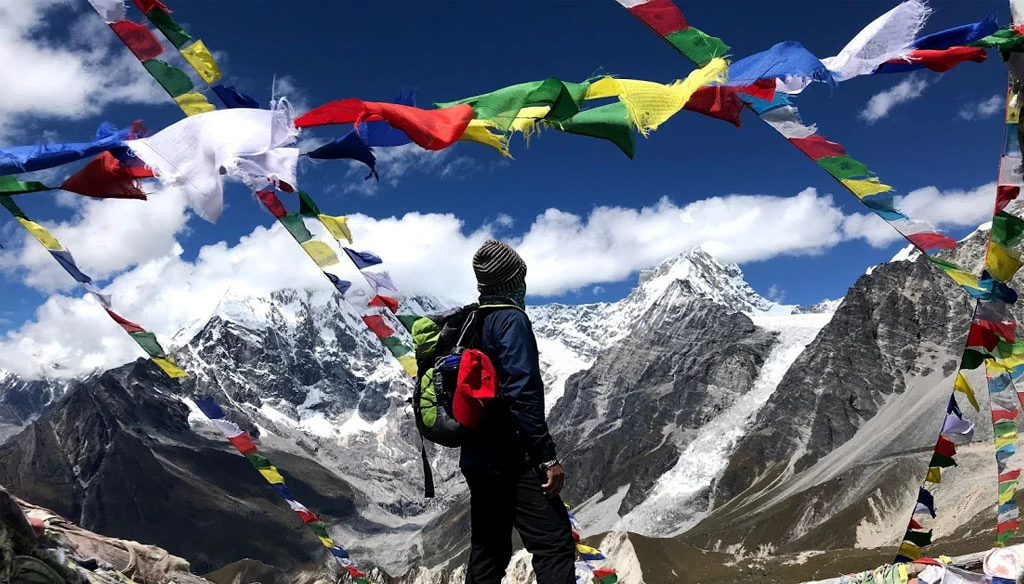


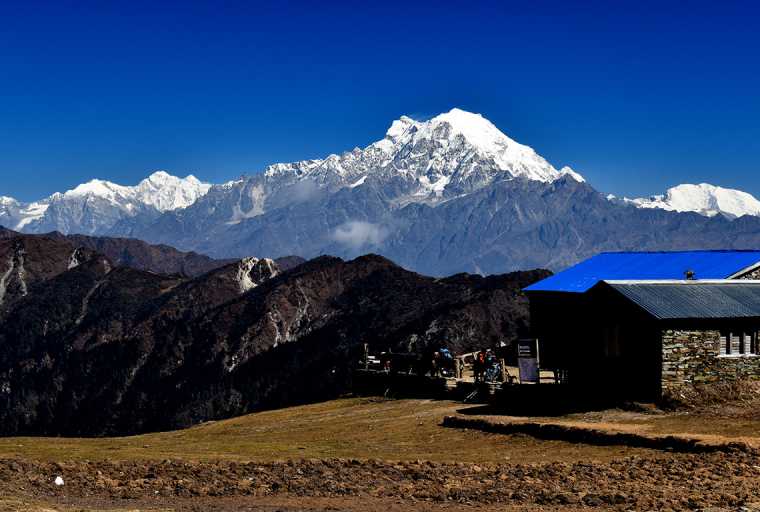
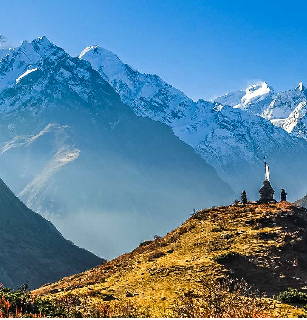
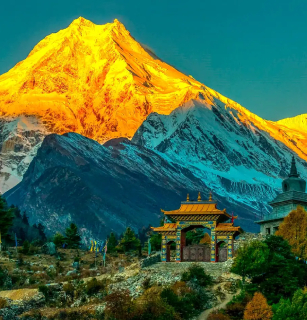
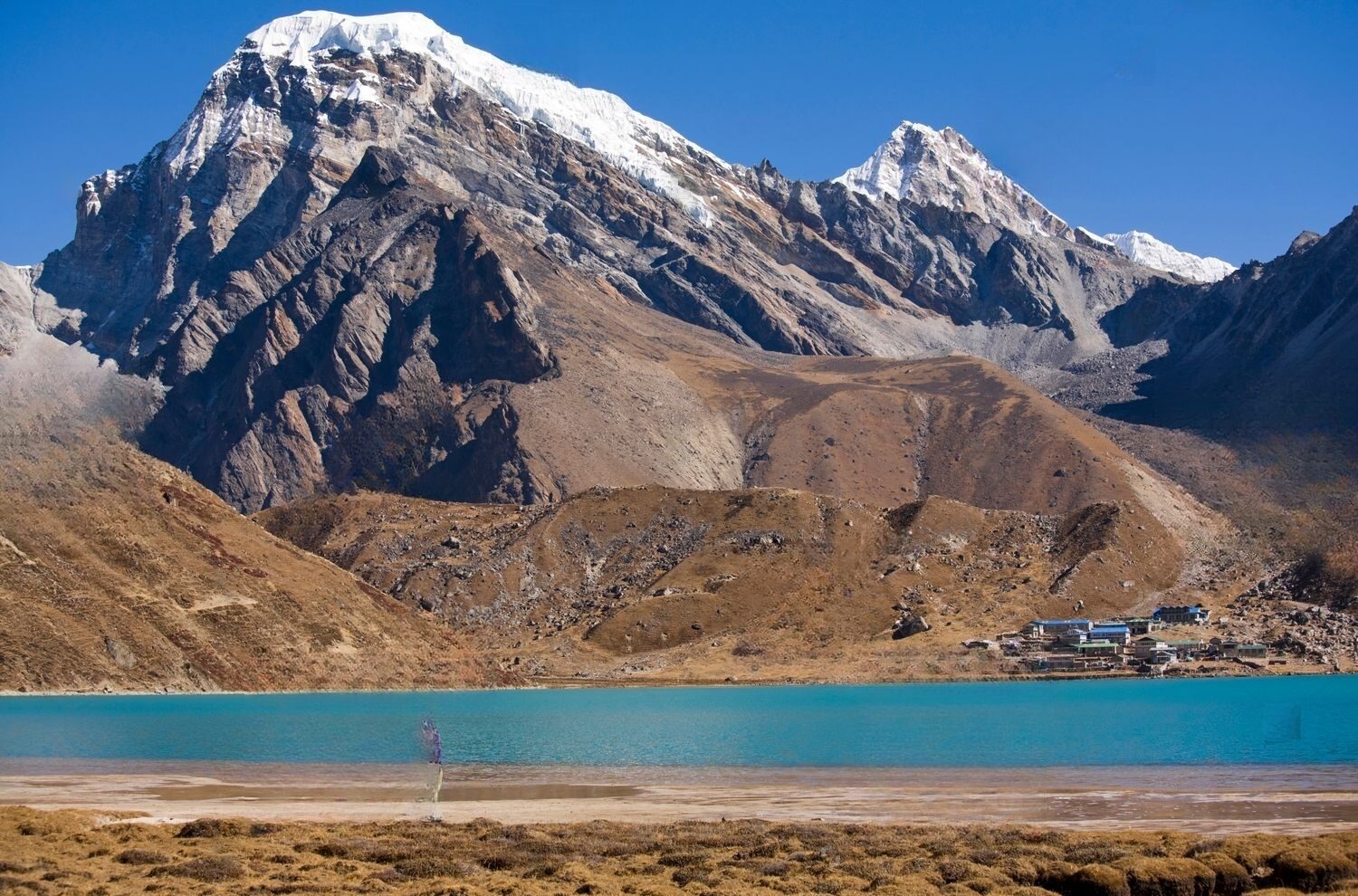
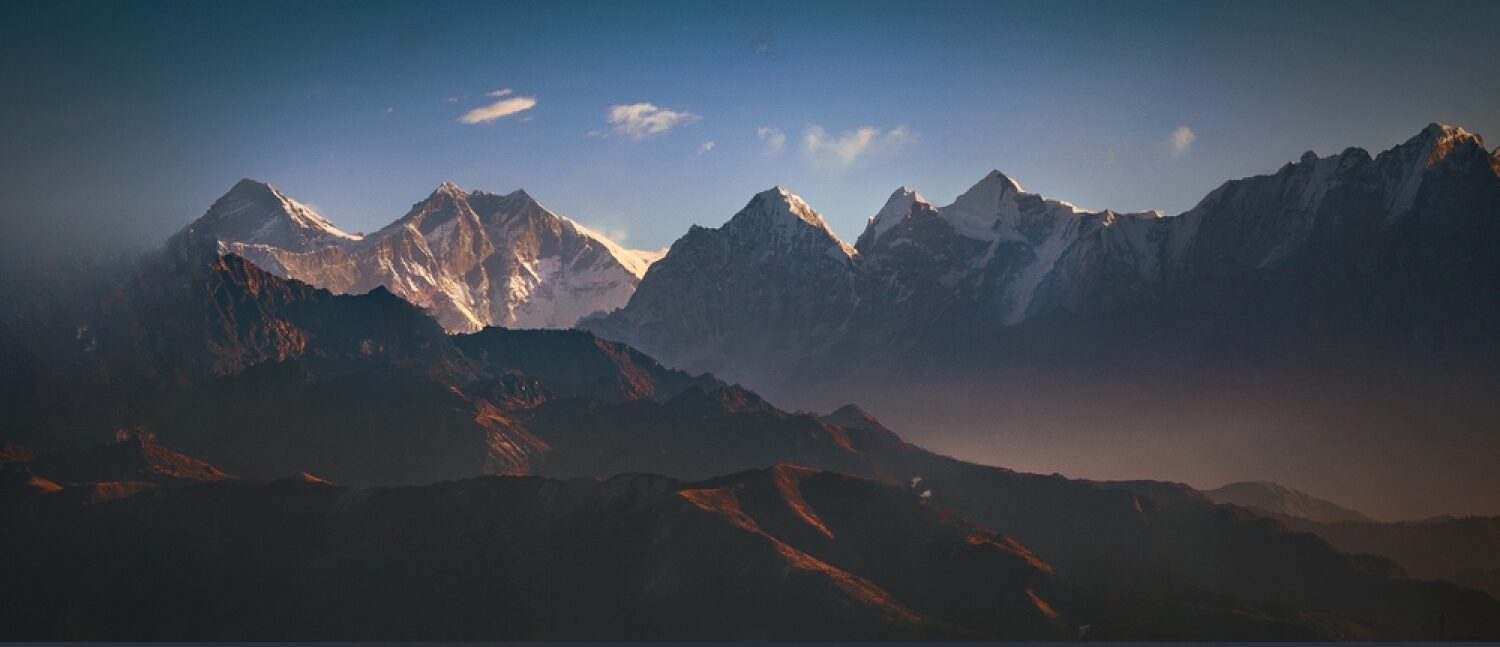
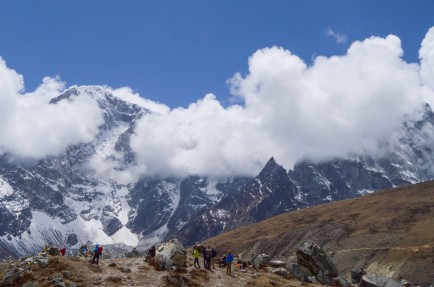
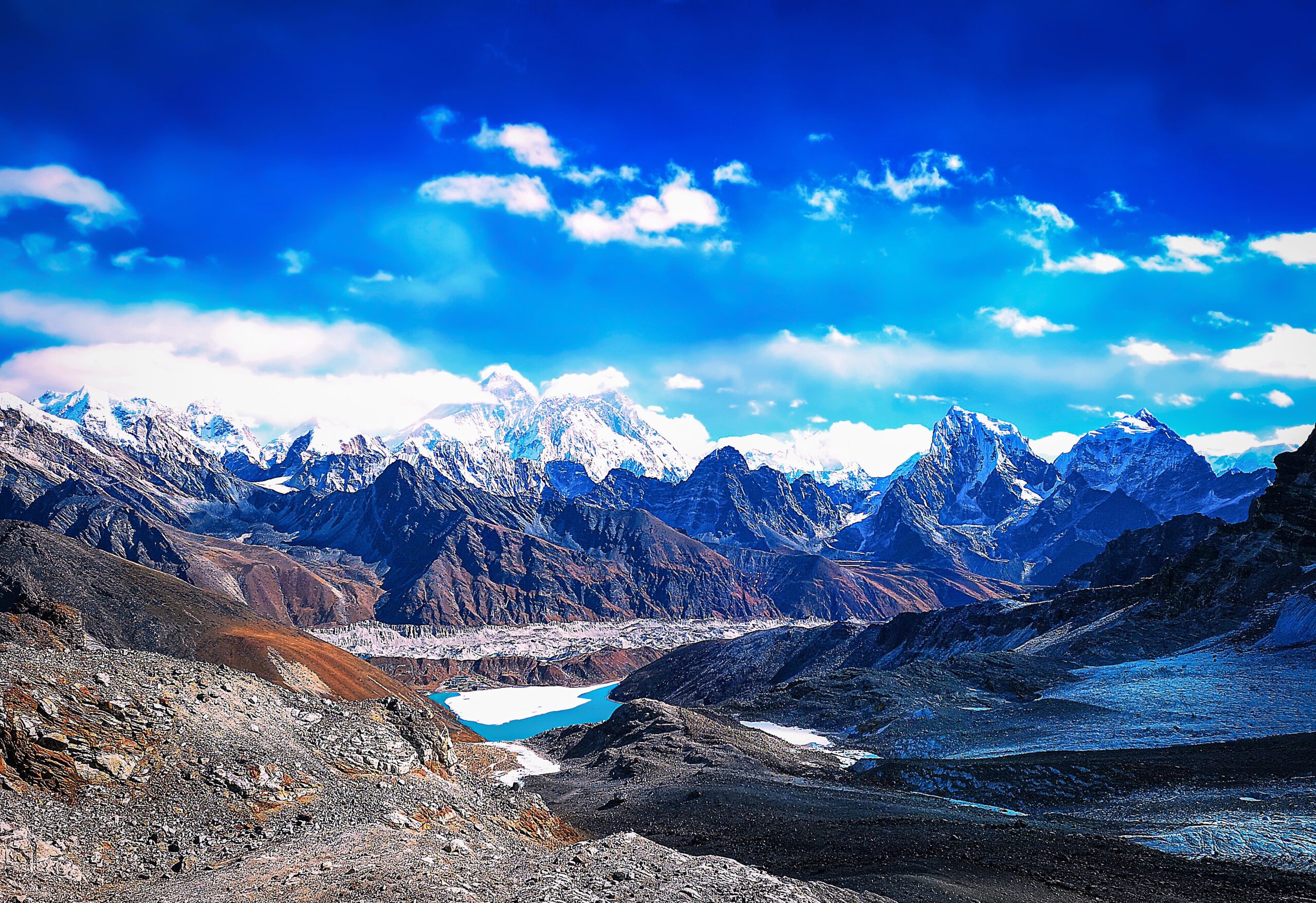
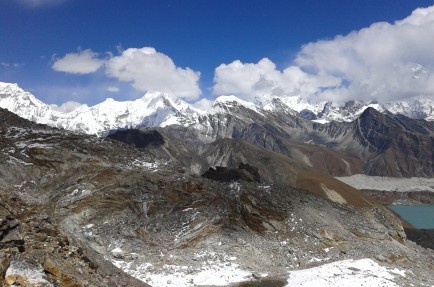
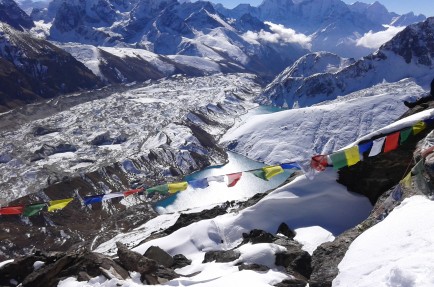
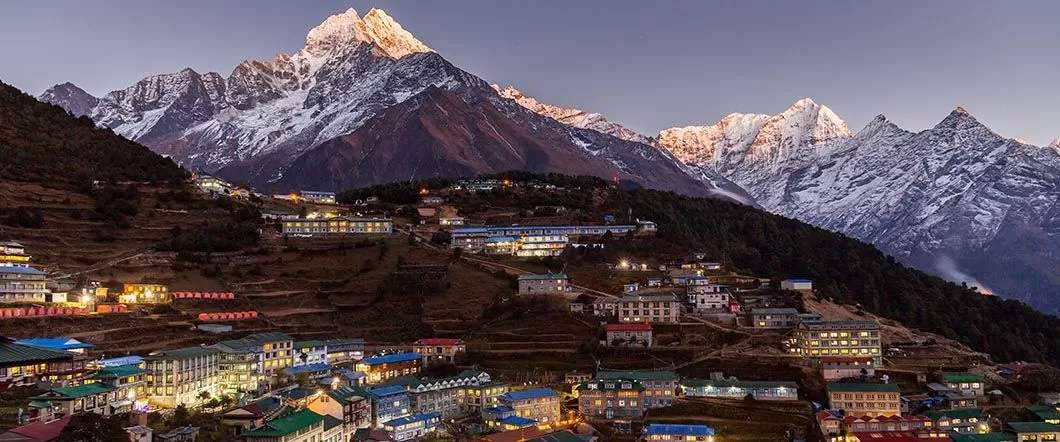
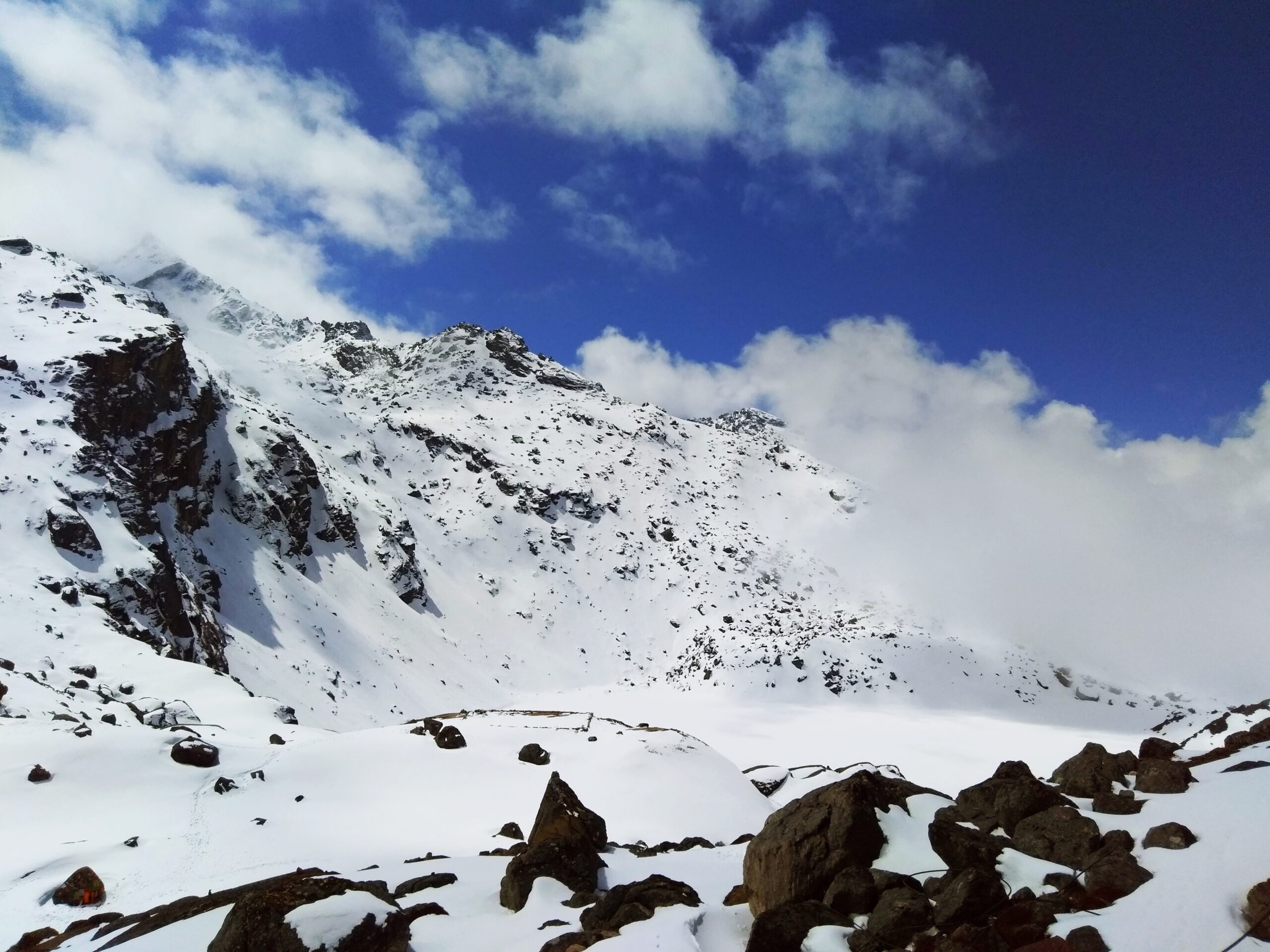
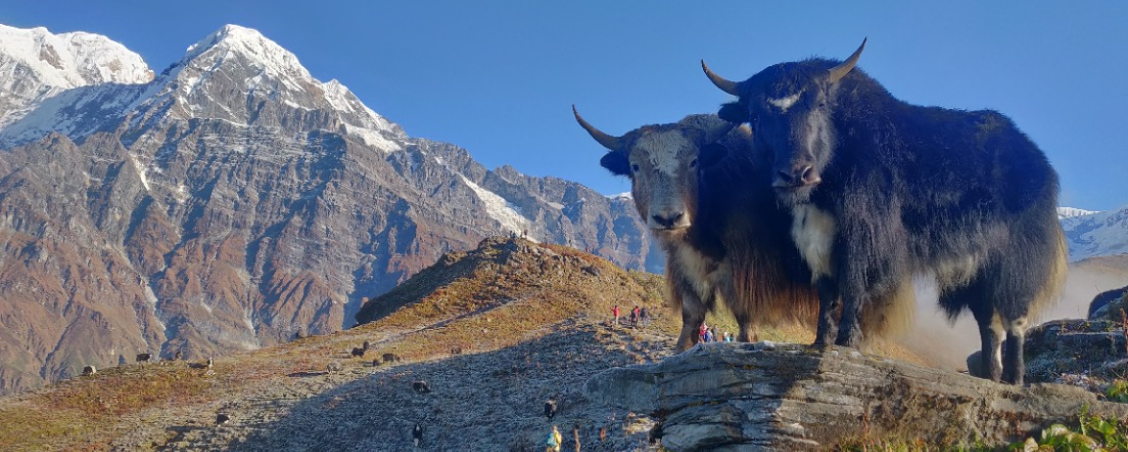
Jakob Bogdan
SloveniaInstead of choosing well-known routes, I opted for the Mundum Trail Trek and I was not left disappointed. Exceeded all my expectations and in addition to the stunning views, I was equally grateful for the unique cultural experience of this trek. All thanks to the Himalayan Holidays Nepal team for sorting out everything!
Olivia Mount
London, UKA stunning trek with breathtaking views and a sense of immersion with the Nepali culture in the Himalayas. The guide was great: friendly, knowledgable, and fluent English speaker. Overall, the trek was amazing all thanks to Himalayan Holidays Nepal. Would recommend.